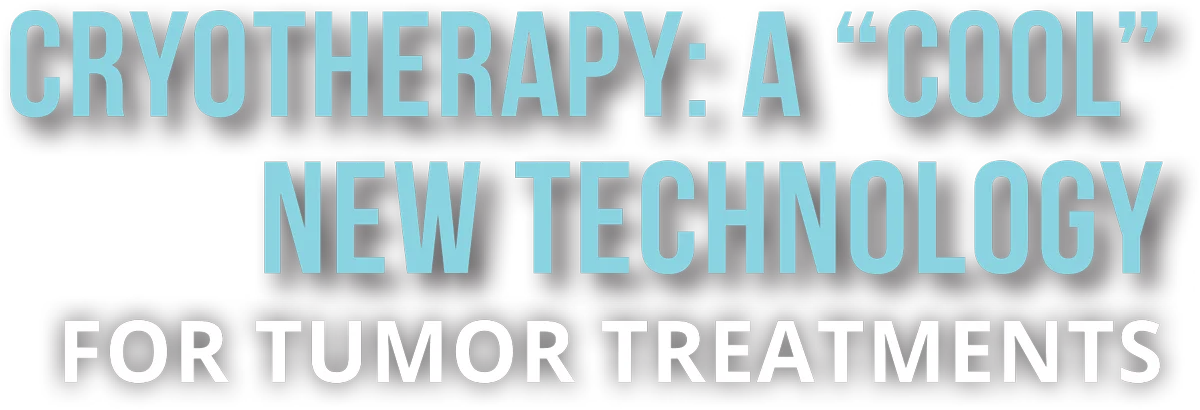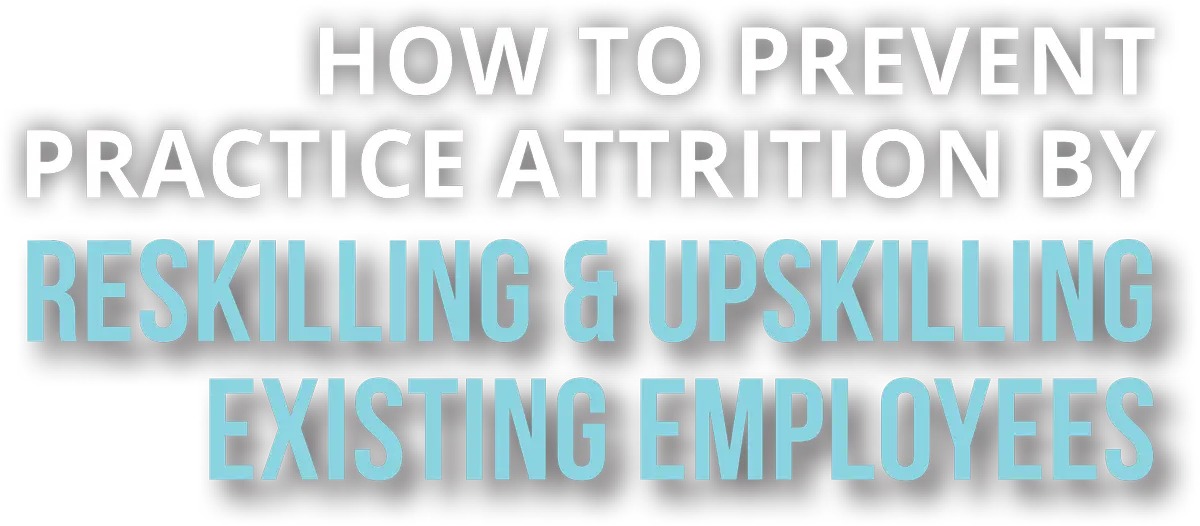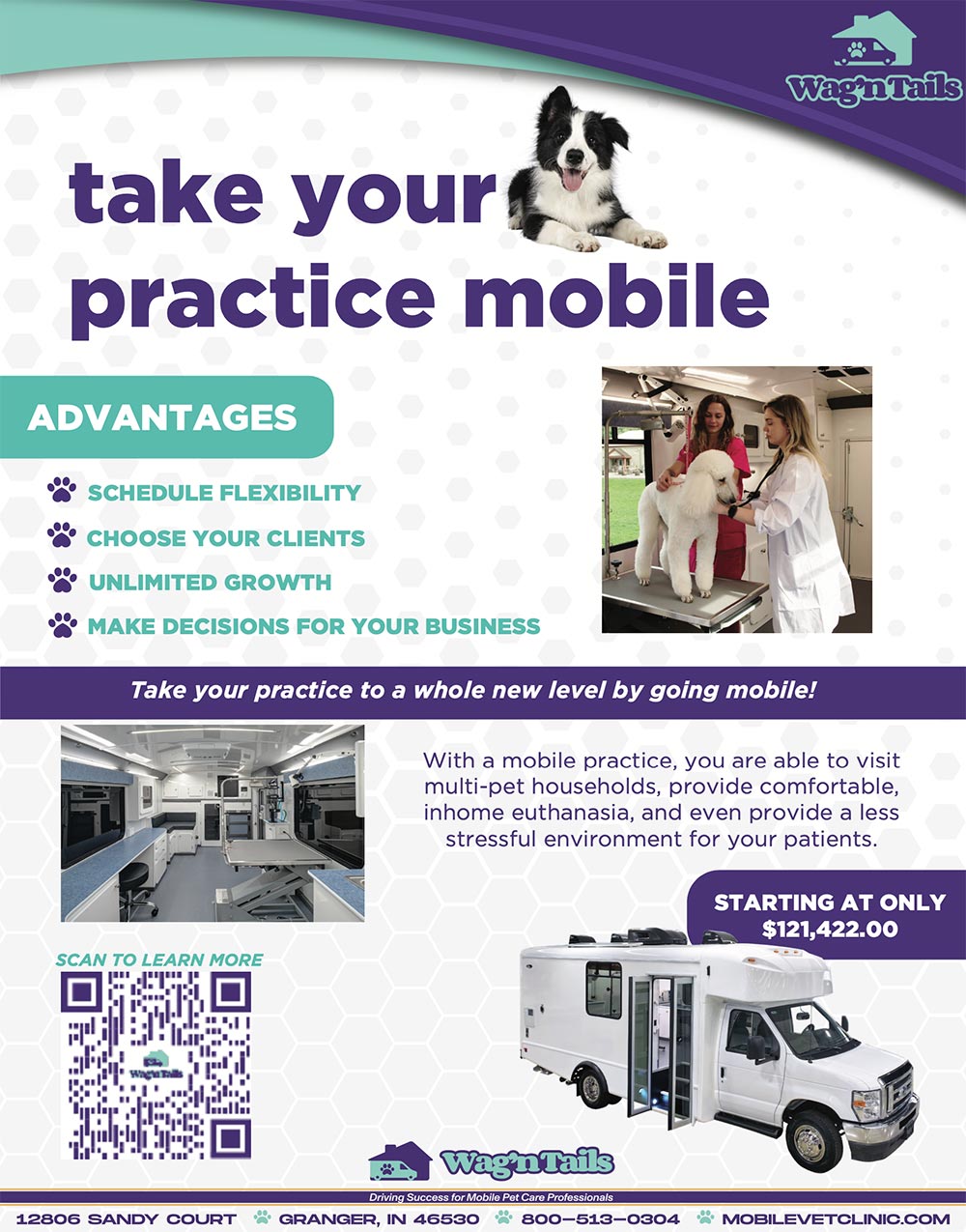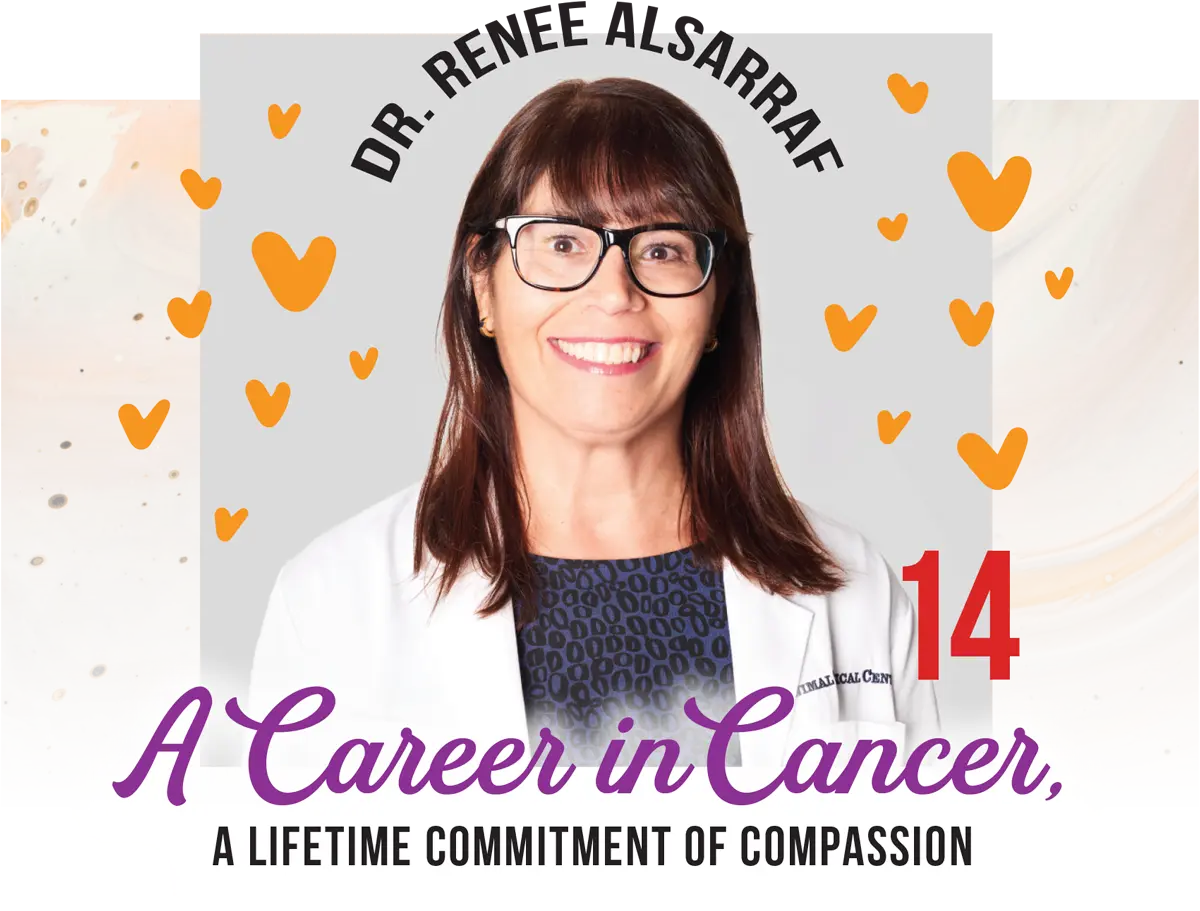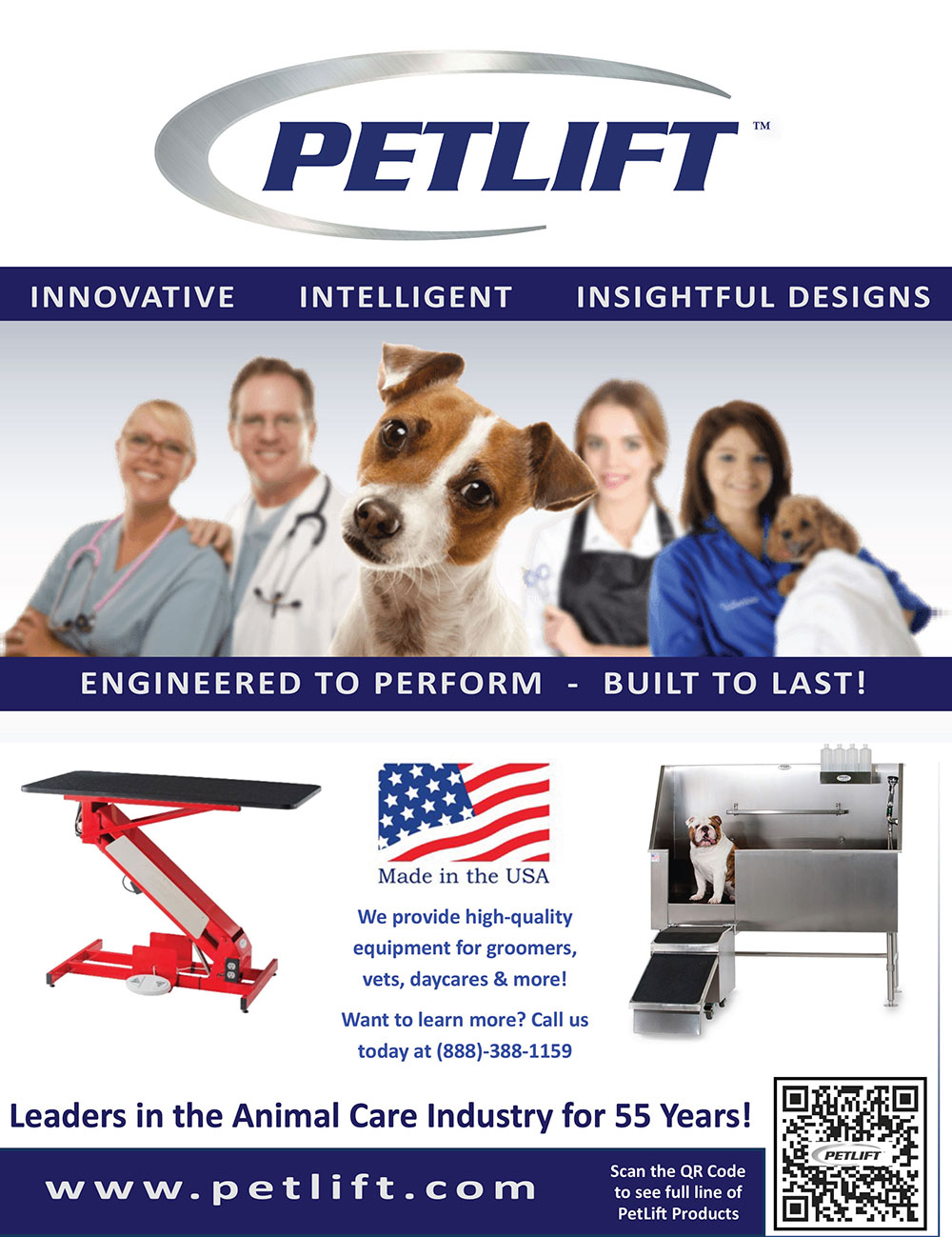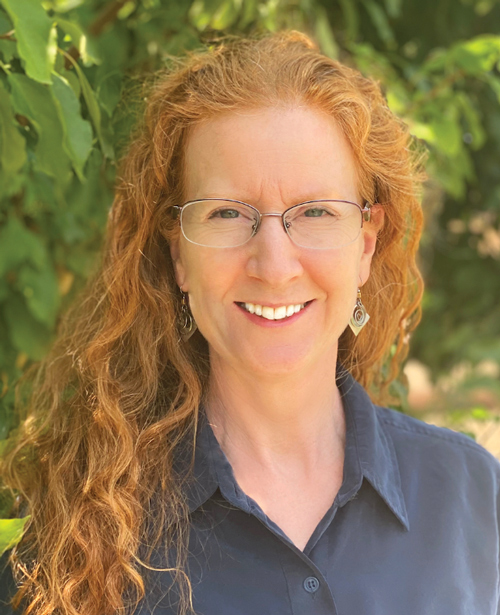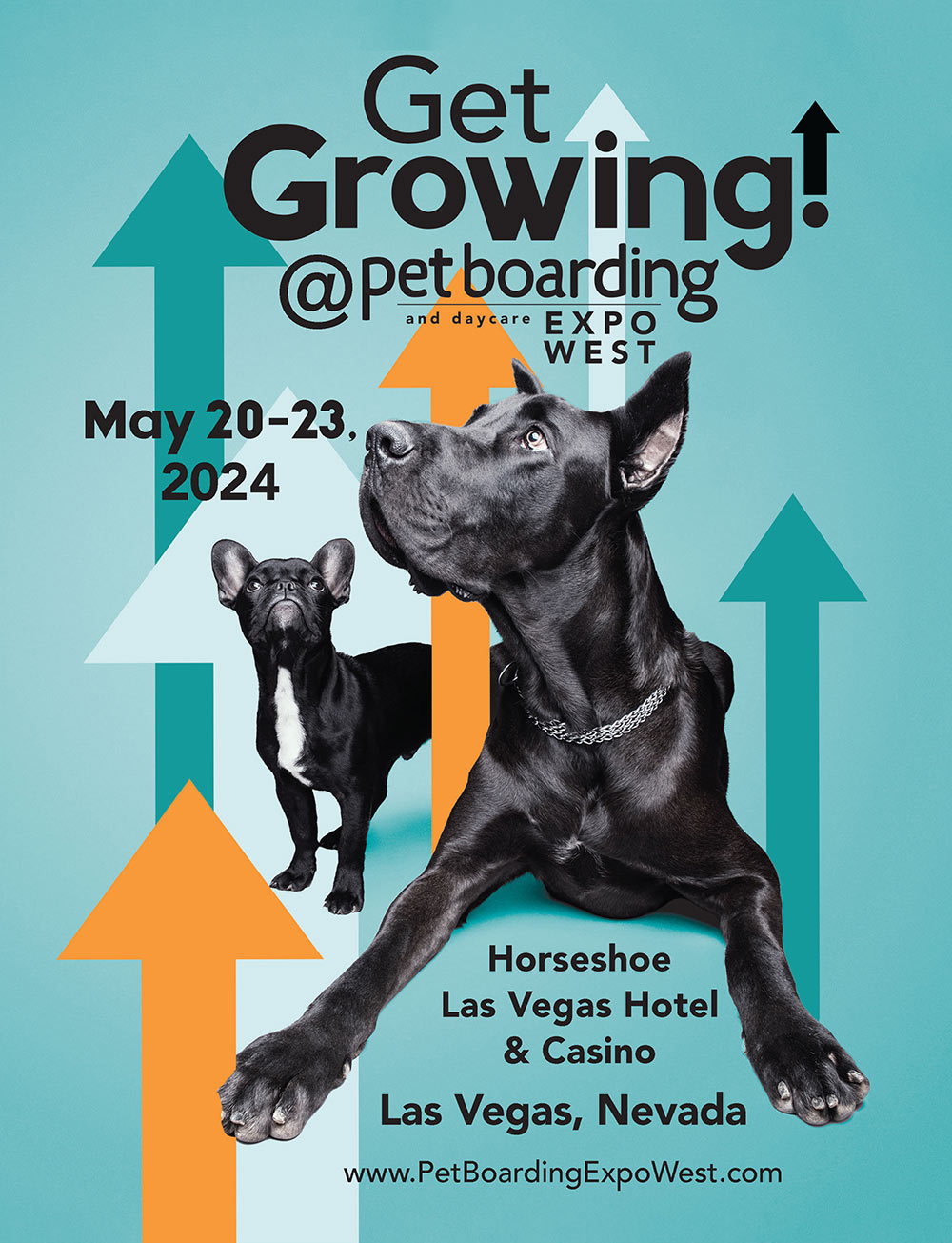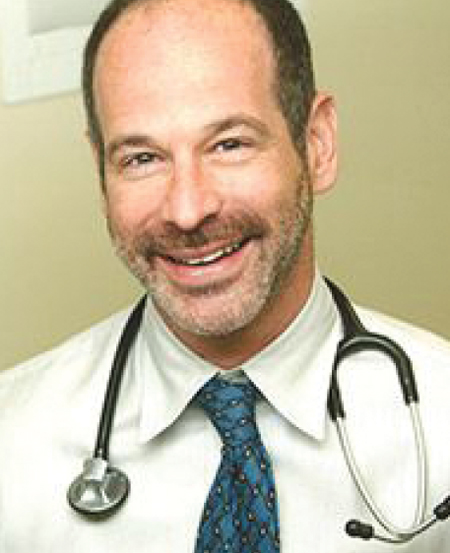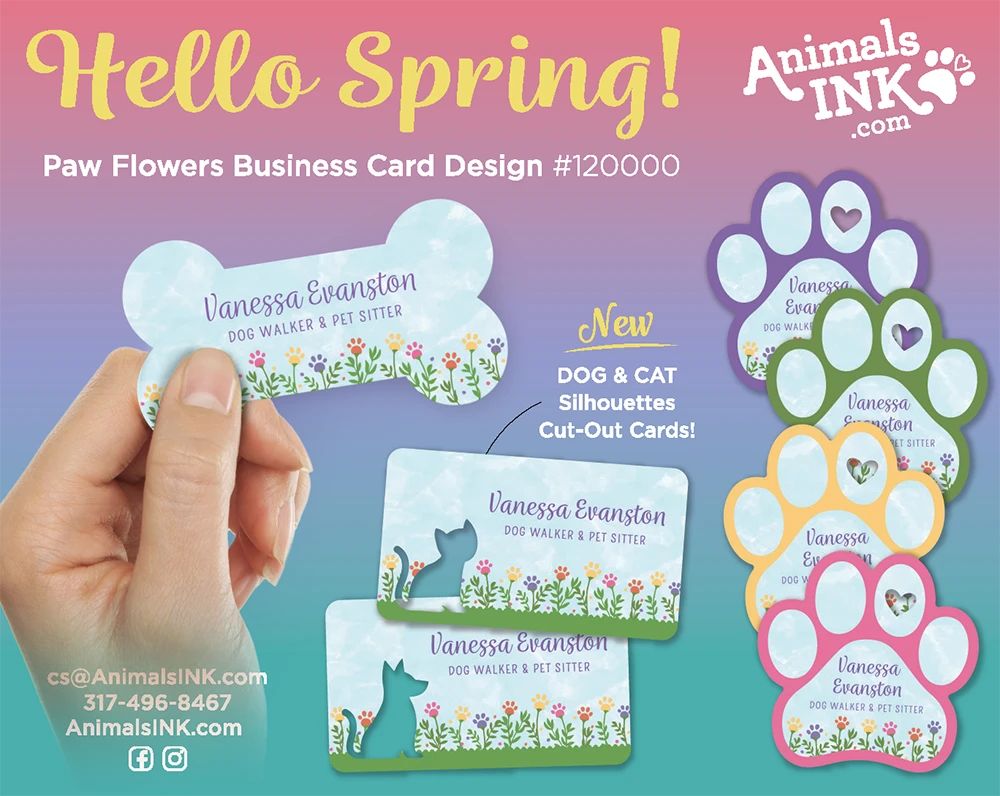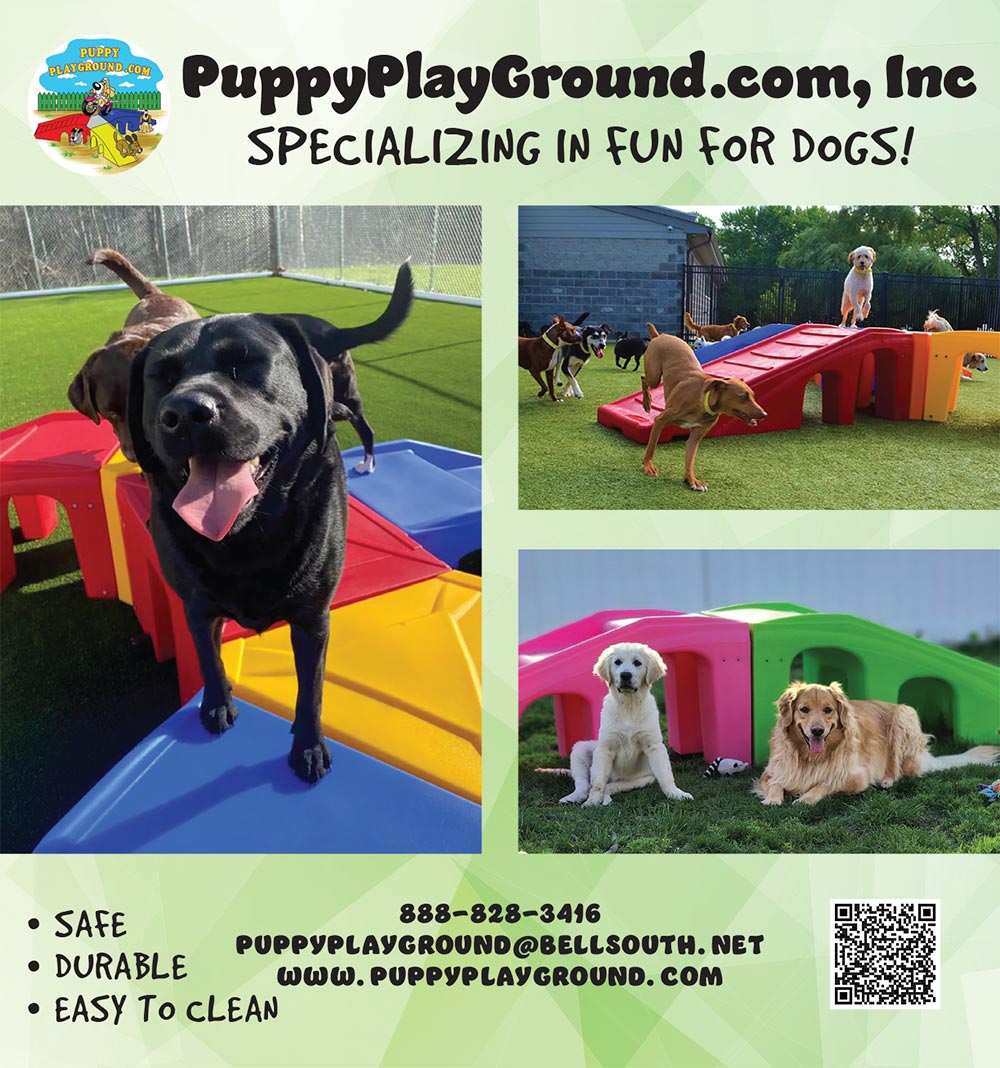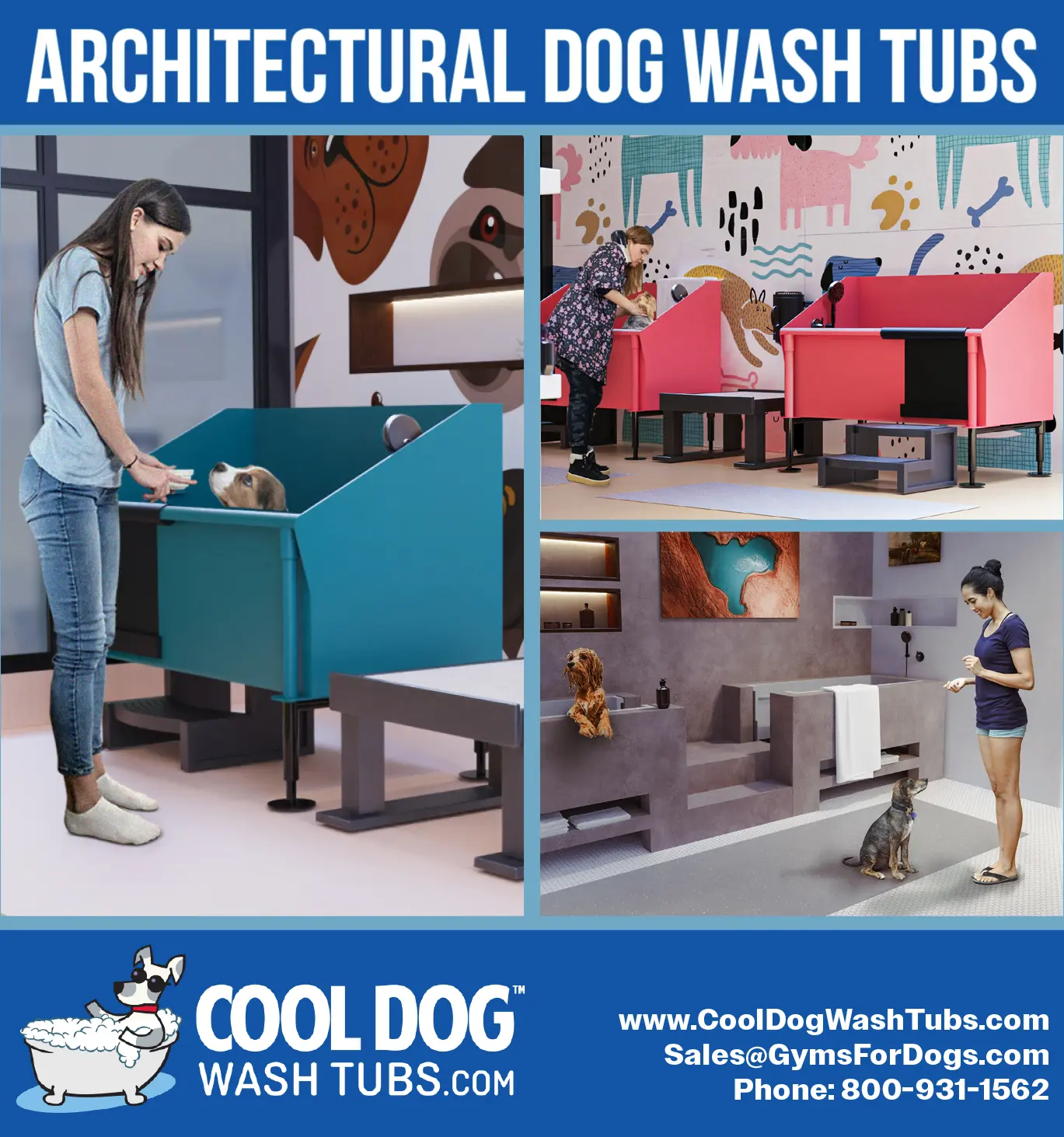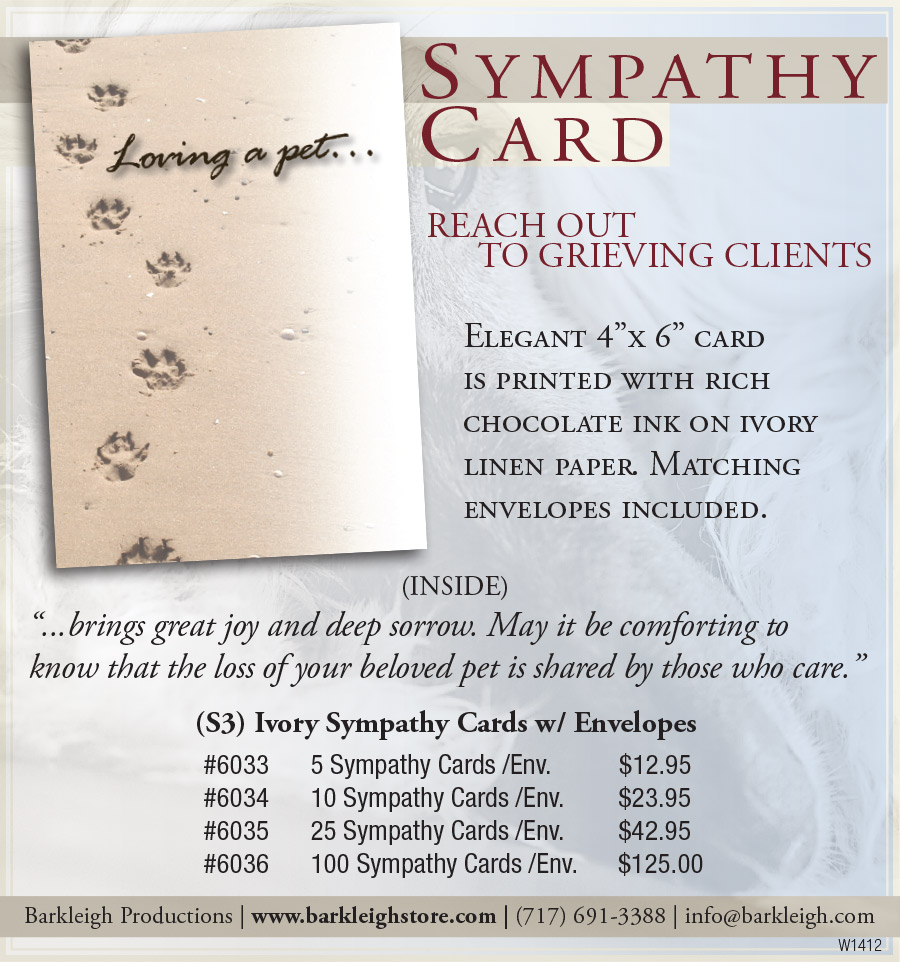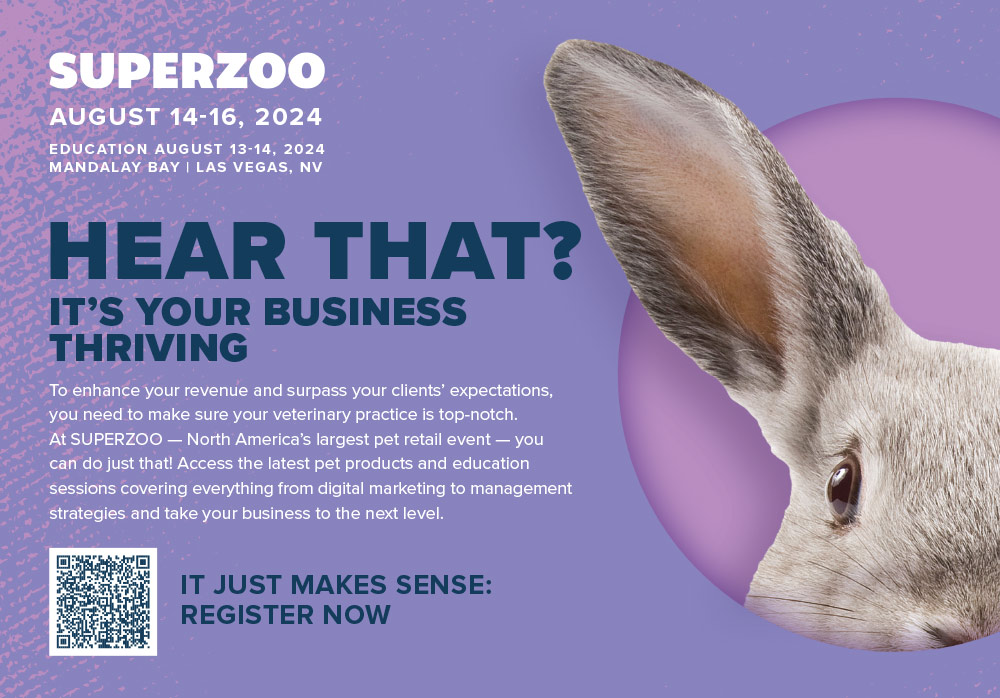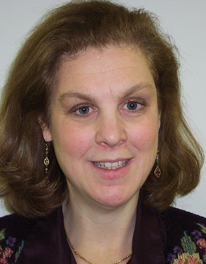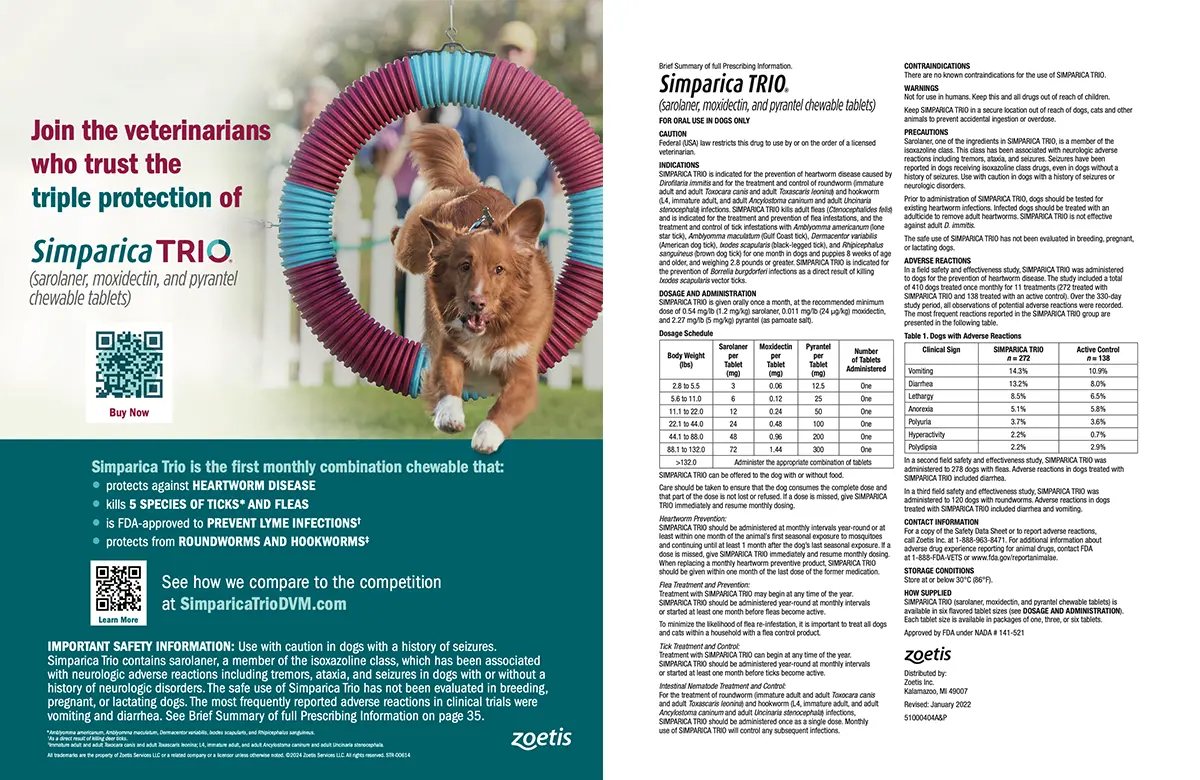
info@barkleigh.com
(717) 691-3388
Editorial
rebecca@barkleigh.com
Advertising
james@barkleigh.com
- Animals Ink16
- Barkleigh – Pet Pro Cruise25
- Barkleigh Store – Boarding Kennels: The Design Process9
- Barkleigh Store – Kage Kard Holder15
- Barkleigh Store – Kenn-L-Kards16
- Barkleigh Store – Sympathy Cards24
- Barkleigh Store – The Rosetta Bone34
- Cash Discount Program5
- Cool Dog Wash Tubs21
- Dykema10
- Pet Boarding & Daycare Expo West11
- Pet Boarding and Daycare Podcast29
- PetLift7
- Professional Pet Boarding Certification23
- Puppy Playground19
- SUPERZOO27
- Wag’n Tails2
- Zoetis – Simpiraca Trio35-36


Meet our EDITORIAL ADVISORY BOARD!

DVM, DACVS-SA

Jenifer Chatfield
DVM, Dipl. ACZM, Dipl. ACVPM
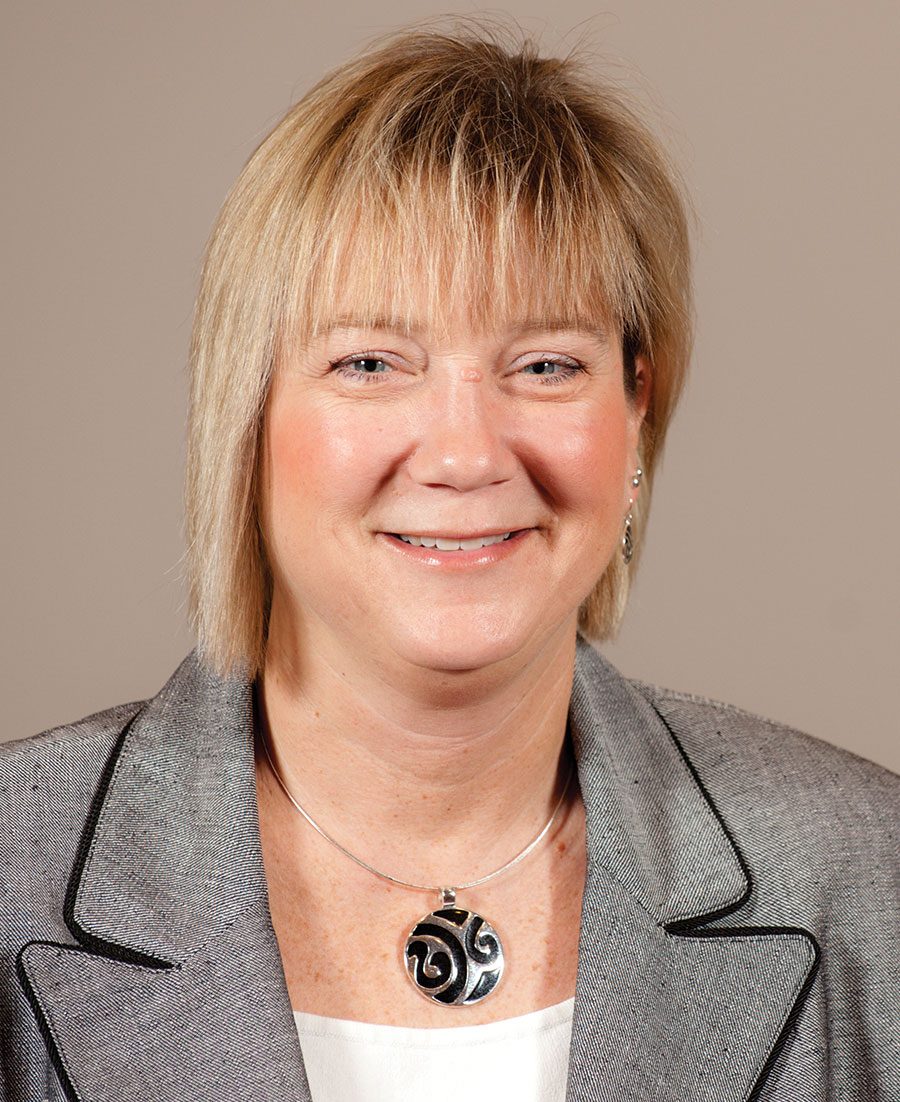
CVT
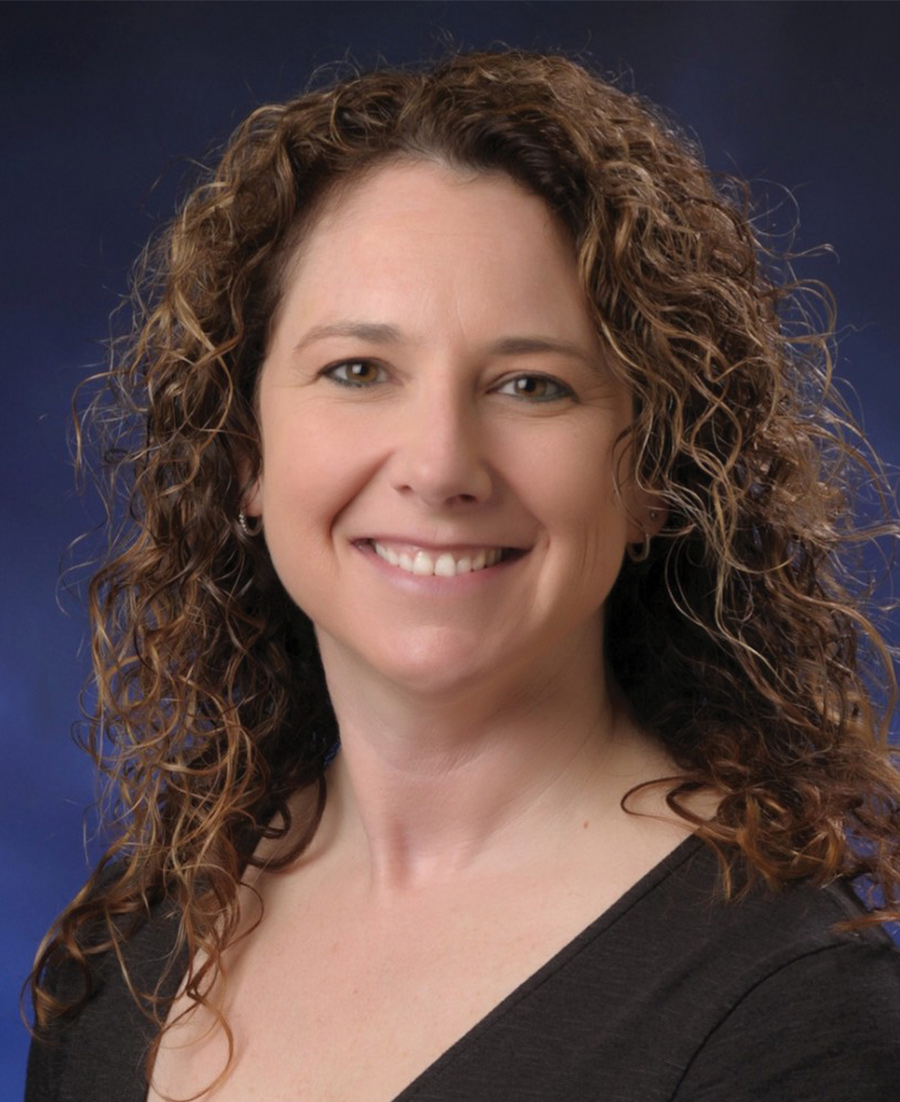
DVM, DACVECC
-
STAFF
- Publisher
Barkleigh Productions, Inc. - President
Todd Shelly - Vice President
Gwen Shelly - Chief Operations Officer
Adam Lohr - Executive Editor
Rebecca Shipman - Art Director
Laura Pennington - Sr. Graphic Designer
Brandi Aurelio - Jr. Graphic Designer
Carlee Kubistek - Web Master
Luke Dumberth - Marketing Consultant
Allison Smith - Social Media Coordinator
Cassidy Ryman - Digital Media
Evan Gummo - Director of Marketing & Client Relations
James Severs - Accounts Manager/ Executive Assistant
Karin Grottola - Administrative Assistant
Britany Smith
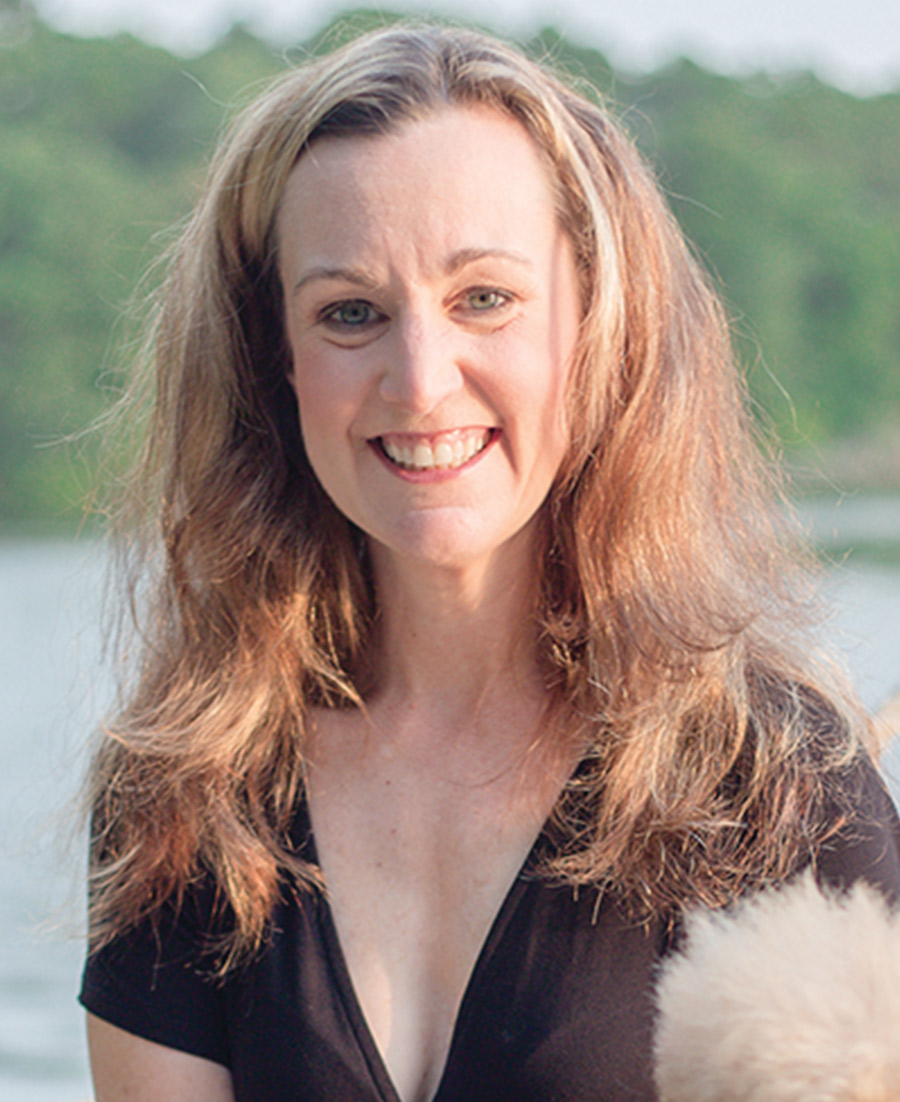
DVM, CVPM


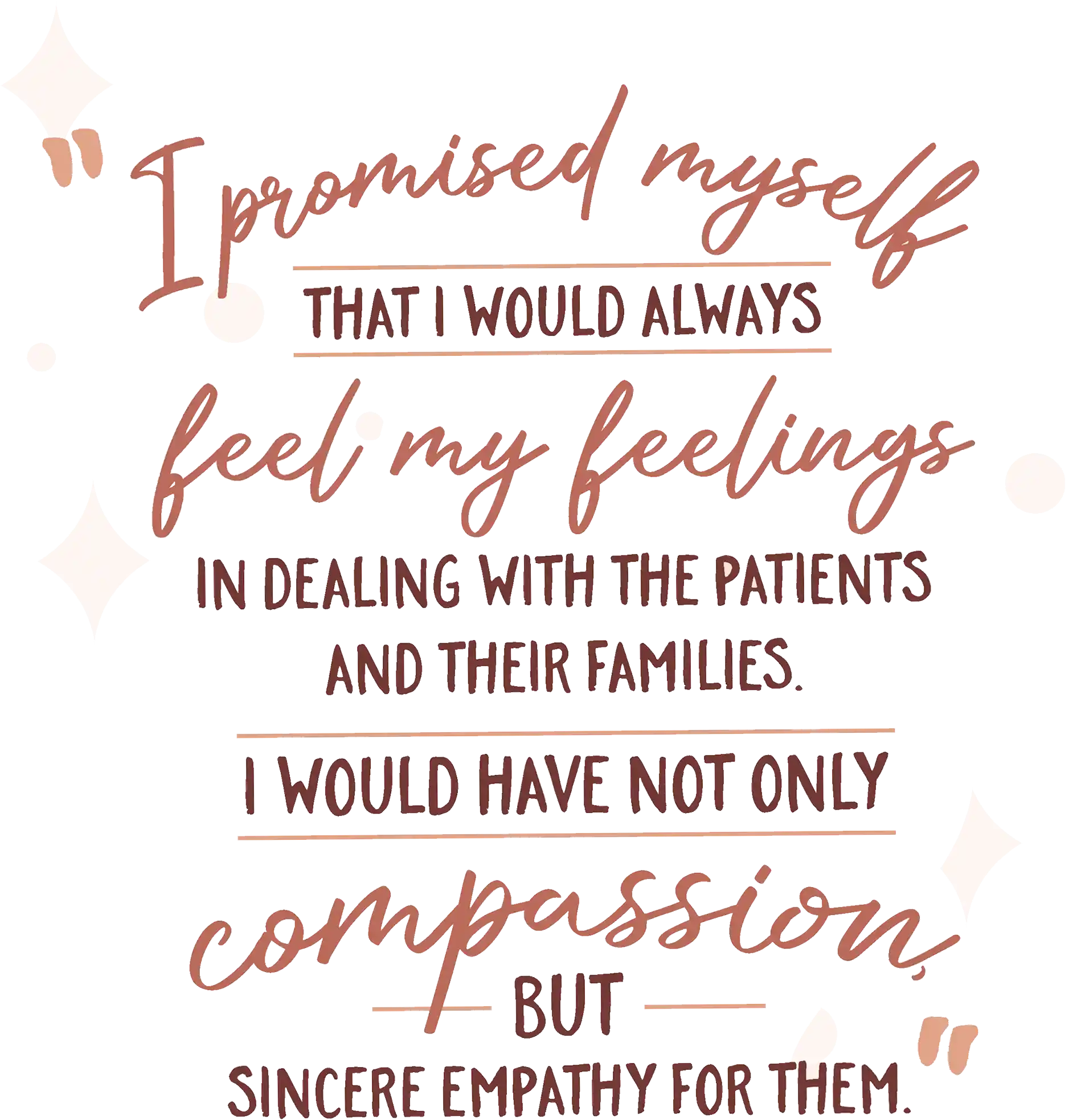
– Renee Alsarraf,


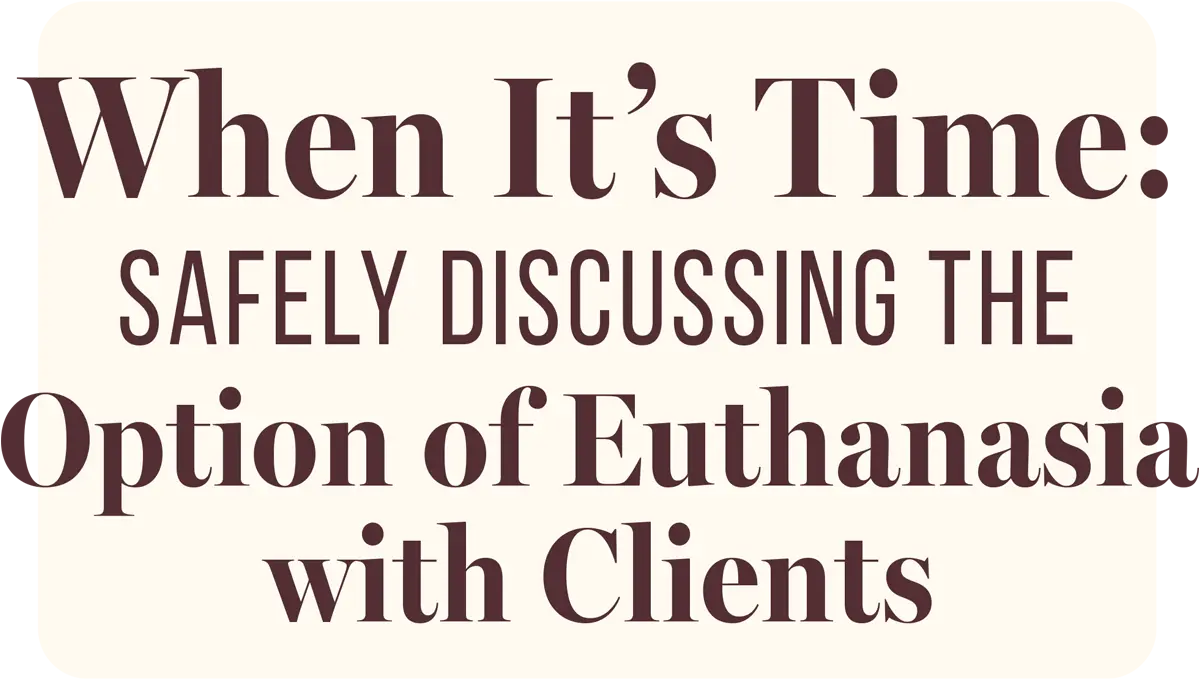

By Kathleen Cooney, DVM, CHPV, CPEV, DACAW
n order to perform euthanasia for pet patients in failing health, veterinarians first need to talk about the option. Diagnosing an animal with cancer and laying out medical options for clients is a transformative experience. It’s a delicate moment requiring strong communication skills and emotional intelligence. When delivering bad news like this, the mood is somber and respectful and naturally sets the tone for even deeper topics like euthanasia.
- “We’d like to talk with you about something that may be hard to hear.”
- “Based on everything you’ve shared with us, and knowing the seriousness of the condition, it’s important we understand that time is limited.”
- “Have you experienced cancer with other pets? What can you share with us about that experience?”
- “How do you envision the last days of their life? What does quality of life look like to you?”
- “If their comfort becomes hard to manage, how do you feel about releasing them from their body before things get too difficult, through euthanasia?”
- “They trust you to make whatever decision you feel is best, and this includes euthanasia.”
In fact, if you want people to hear your recommendations, you should let them share what’s on their minds first. What are their concerns? What are they hoping for now, knowing it’s cancer? People experiencing grief have a huge need to be understood but have little capacity to understand. The more they can get off their chest and diffuse tension, the better they will listen when you bring up the subject of euthanasia. When the space feels supportive and comfortable, veterinarians can gently lean into the euthanasia conversation.
This last one is my go-to statement when I want to bring up pet euthanasia. It’s not a question asking how they feel about it, but rather an honest sentiment that seems to reduce guilt over such a monumental decision. While some may consider it anthropomorphizing, I truly believe that when love is at the heart of a euthanasia decision, and significant suffering is expected, animals trust their owners to do what’s necessary.
Quantifying a pet’s day-to-day experiences can help clients see what the veterinarian sees or suspects. There are numerous quality-of-life scales for veterinarians to reach for,2 and while most are not validated, they can still effectively aid in opening up dialogue around a patient’s quality of life.3 If the situation is serious enough, the findings will help illustrate that euthanasia may be the best decision.
Disease trajectories can also help clients understand the normal course of conditions like cancer. They get a better feel of what’s ahead, and it makes bringing up the idea of euthanasia sooner rather than later more logical, especially when cancer cure or palliative care treatments aren’t possible. While the exact timing of a natural death from cancer is hard to predict, veterinarians follow patterns to guide clients on knowing when euthanasia is acceptable.
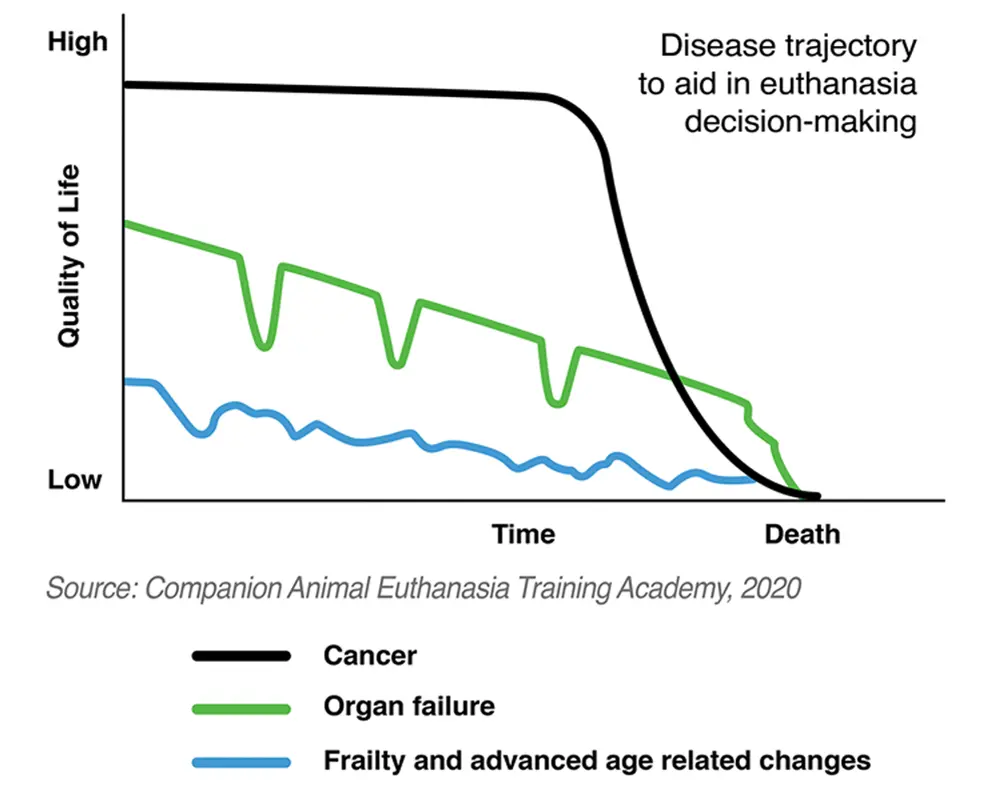
If they ask me what I would do if it were my pet, I answer honestly from their perspective, not mine: “Based on everything we know in this situation, I would feel OK with the decision. Very sad, but OK knowing it’s the best way to prevent further decline and struggle.”
The experience was so surprising to me. I was under the impression everyone knew what euthanasia meant, but here was a person who was unfamiliar with the word, and had he not asked for clarification, I may have proceeded.
In modern times with such ethnic and language diversity, gathering informed consent before carrying out euthanasia is vital. Beyond just conversation, my consent forms define euthanasia as “humanely terminating life.” I highly recommend this standard for all veterinary services performing euthanasia.
If they ask me what I would do if it were my pet, I answer honestly from their perspective, not mine: “Based on everything we know in this situation, I would feel OK with the decision. Very sad, but OK knowing it’s the best way to prevent further decline and struggle.”
Lastly, if you believe your patient has entered into the dying process, even if a few months away from a natural death, let the client know. Sometimes just stating the obvious has the greatest impact.5
No one likes to have this conversation—client or veterinarian. But if there is a sweet spot to euthanasia, it’s hearing about the beauty of the human-animal bond and knowing any physical and emotional struggle is coming to an end.
- Shaw, J. R., & Lagoni, L. (2007). End-of-Life Communication in Veterinary Medicine: Delivering Bad News and Euthanasia Decision Making. The Veterinary Clinics of North America. Small Animal Practice, 37(1), 95–108.
- Lap of Love Quality-of-Life Scale. https://www.lapoflove.com/how-will-i-know-it-is-time/lap-of-love-quality-of-life-scale.pdf
- Fulmer, A. E., Laven, L. J., & Hill, K. E. (2022). Quality of Life Measurement in Dogs and Cats: A Scoping Review of Generic Tools. Animals: an open access journal from MDPI, 12(3), 400.
- Matte, A. R., Khosa, D. K., Coe, J. B., Meehan, M., & Niel, L. (2020). Exploring pet owners’ experiences and self-reported satisfaction and grief following companion animal euthanasia. Veterinary Record, 187(12), e122–e122.
- Cooney, K. (2023, April). When Quality of Life Scales Aren’t Enough; Counseling clients who can’t let go. CAETA. https://caetainternational.com/when-quality-of-life-scales-arent-enough/


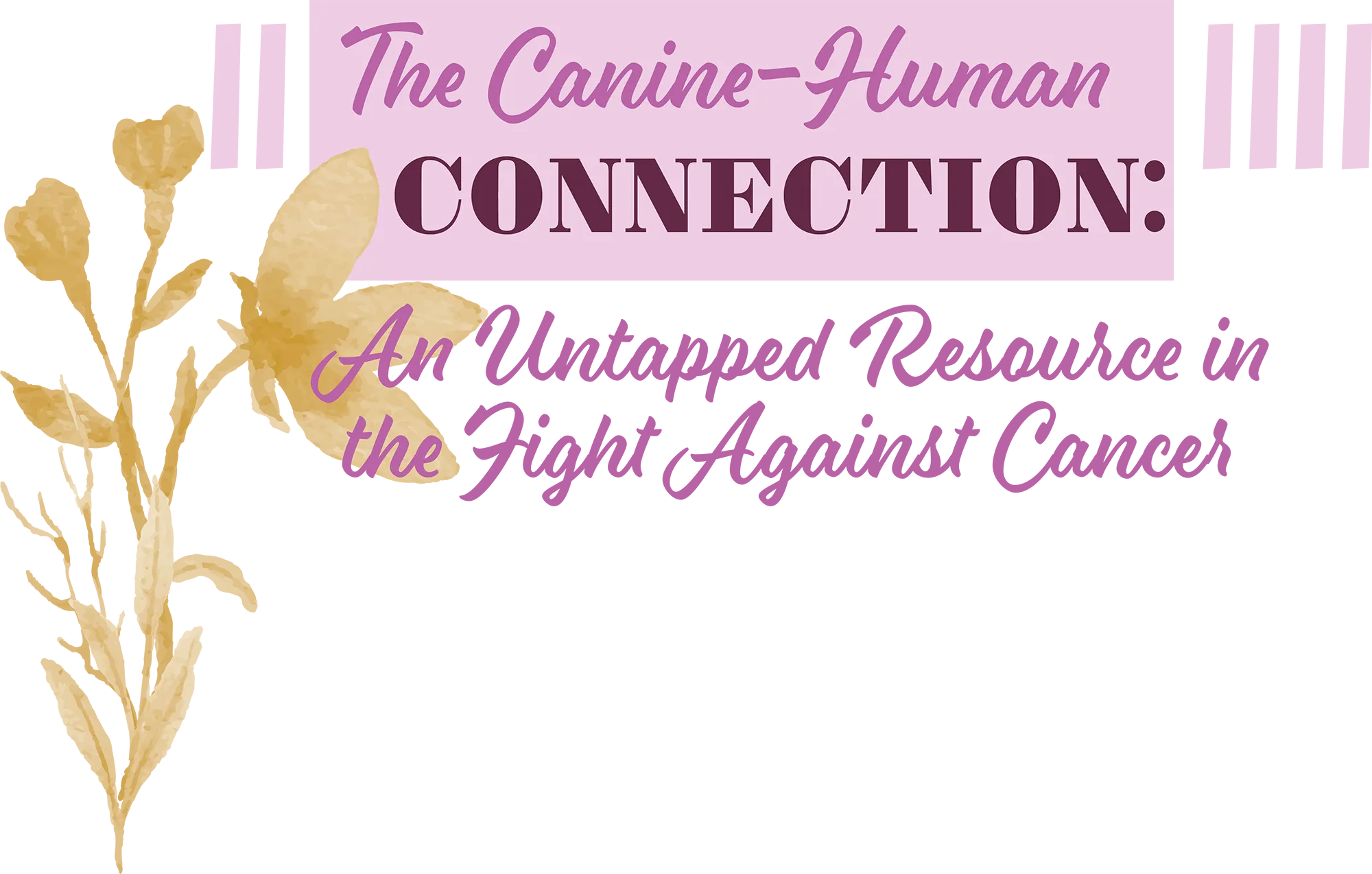

By Gerald Post, DVM, MEM, Diplomate ACVIM (Oncology)
anine cancer is one of the largest unmet needs in veterinary medicine and each year millions of dogs are diagnosed with cancer in veterinary clinics across the United States. As any veterinarian who has worked with pet dogs with cancer knows all too well, canine cancer is remarkably similar to its human counterpart. Pet dogs are diagnosed with certain types of cancer at similar rates to humans, the first-line treatments (typically surgery and chemotherapy) are the same and, unfortunately, so is the likely prognosis.
But the similarity between canine and human cancers goes deeper than diagnosis, treatment and prognosis. These diseases are also deeply similar at the genetic level, which helps explain the remarkable similarities between canine and human cancer patients observed by veterinarians in the clinic. But rather than a reason to despair, this deep genetic similarity should give us a profound sense of hope because it means that canine cancer patients can benefit from new classes of highly effective personalized cancer drugs and help drive innovation in cancer treatments that benefit human patients, too.
Additionally, this approach has identified several existing cancer drugs that can have life-saving effects when used to treat other types of cancers, too. This information is incredibly important for helping drug developers fast-track the most promising new personalized treatments to human clinical trials because of the deep overlap between human and canine cancers at the genetic level.
Why has this valuable translational model been largely overlooked in the quest to accelerate the development of better anti-cancer drugs for both canine and human patients? On the veterinary side, the primary barrier comes down to lack of robust data tracking canine cancer patients from diagnosis to outcome, which is required to understand the true utility of a given treatment. Pharmaceutical companies require massive datasets to evaluate the effectiveness of emerging cancer therapies tailored to specific genetic profiles. But until recently, this data didn’t exist in large enough quantities to move the needle on accelerating cancer drug development. Data from the human side wasn’t much help—privacy laws restrict access to human patient data, resulting in incomplete journeys that lack essential treatment and outcome details.
Canine cancer data, however, remains unrestricted. This creates an unprecedented opportunity for veterinarians to participate in the creation of massive canine cancer databases that not only track the full treatment journey of pet dogs with cancer, but use the genetic profile of those pets to match them with precision cancer drugs.
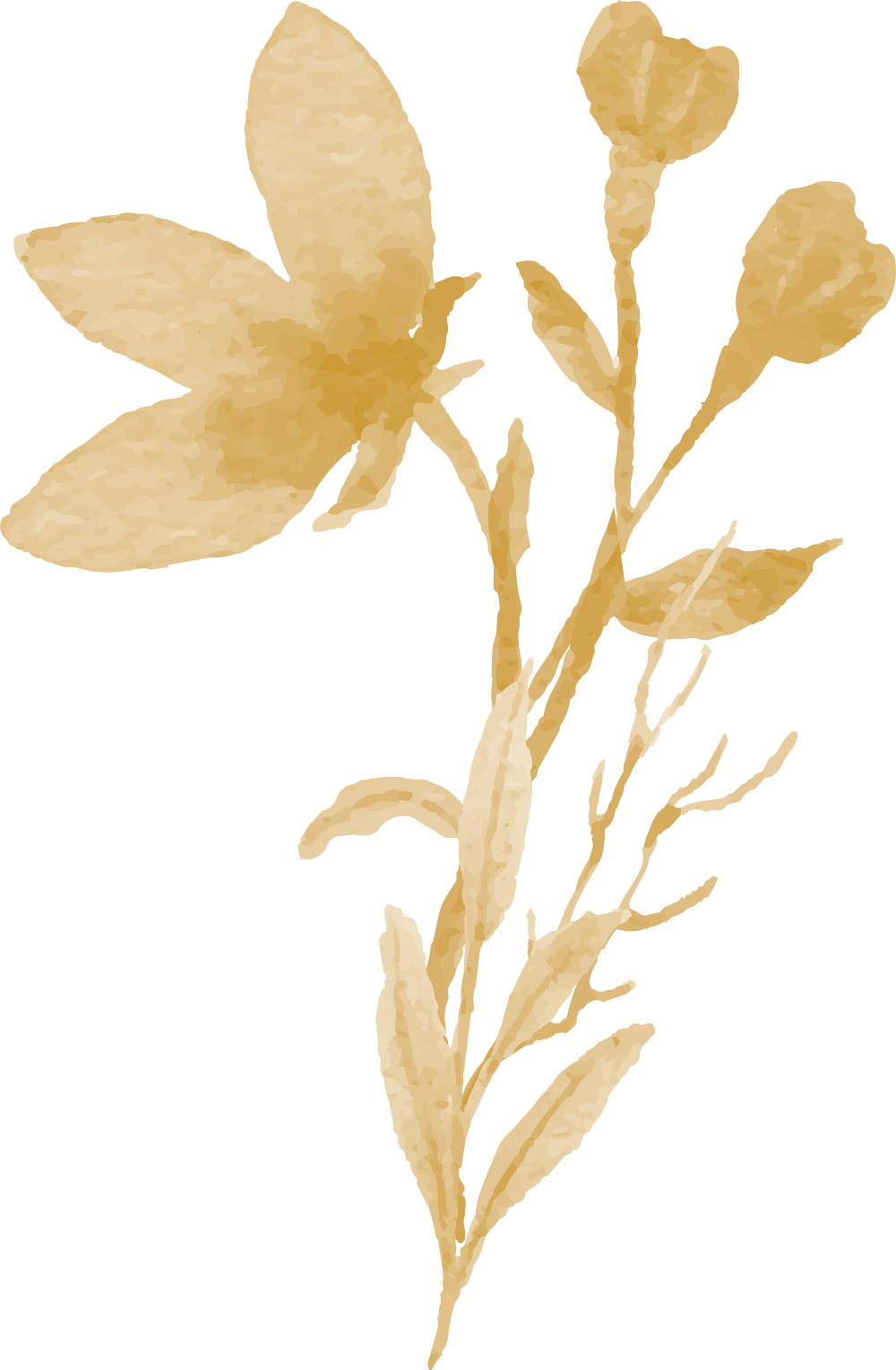
The potential impacts of this new approach on veterinary and human medicine alike are staggering. New cancer drugs can reach the clinic in record time and patient outcomes for both species should dramatically improve through expanded therapeutic choices that provide truly personalized interventions.
Our loyal companions already share the turbulent cancer journey with us. Now, veterinarians have the opportunity to unlock their vast potential to drive progress against this devastating disease on both sides of the leash while simultaneously providing more effective personalized care to their patients. By fully embracing the canine model and prioritizing data consolidation, veterinarians can catalyze a new era of accelerated cancer drug development that will profoundly benefit dogs and humans alike.






Photos provided by Dr. Renee Alsarraf
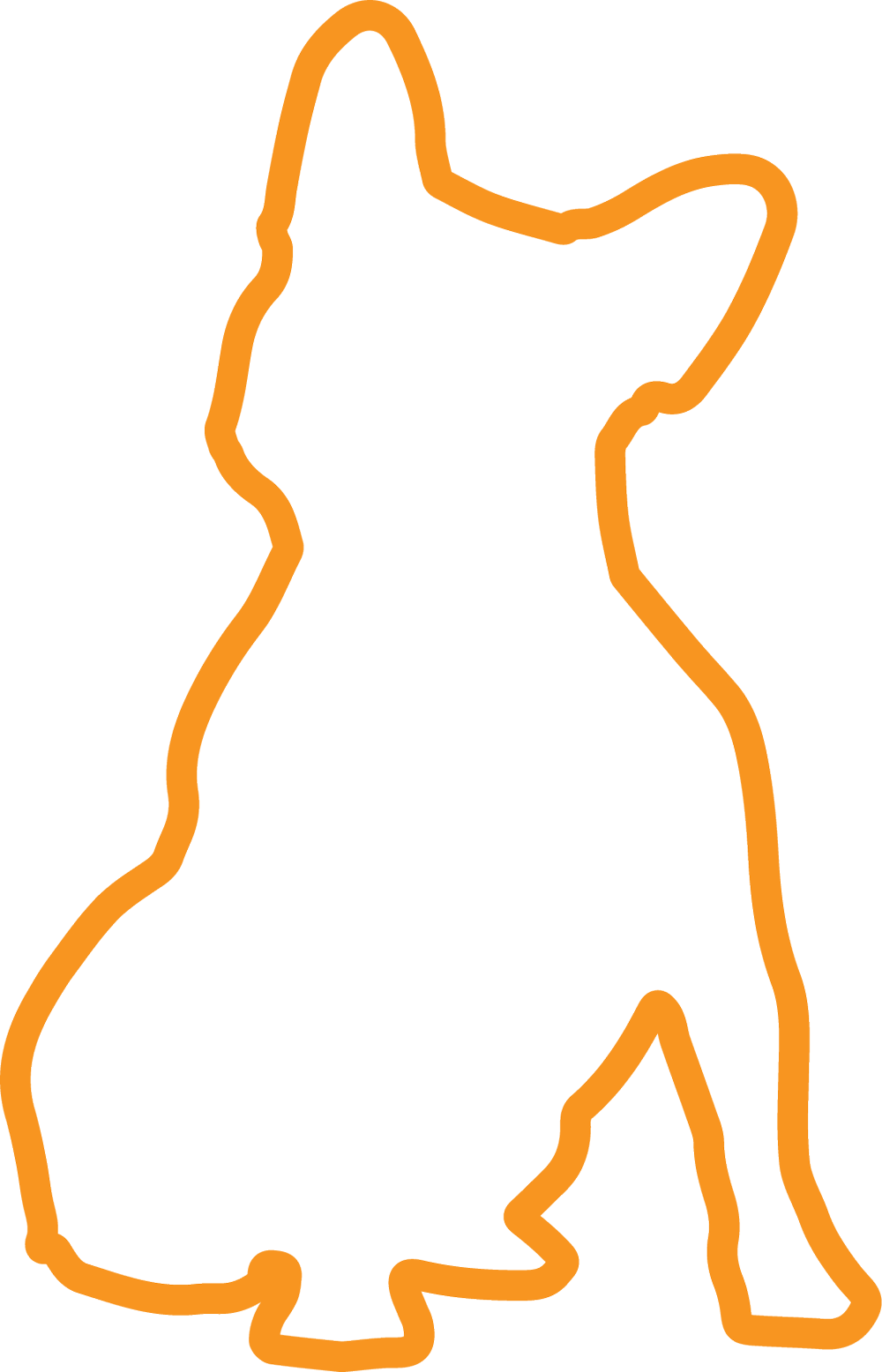
love treating cancer cases. And though it can be a draining specialty, it is one that fills me right back up,” shares veterinary oncologist Dr. Renee Alsarraf. “To give a family another holiday season or a few more wonderful summers is the best feeling around. Sitting next to, not in front of, pet parents, getting to know them and getting to understand their ‘whys’ behind treatment spurs me forward each day.”
Growing up in a family of physicians and nurses, Dr. Alsarraf has always been interested in the medical field. But as a very young child, she was drawn to animals. “They make me feel whole. They make me feel loved,” she states. “I have wanted to be a veterinarian since the age of seven and have never wavered.”
Despite the difficulties of being accepted into veterinary school, the rigors of the program and the salary range, Dr. Alsarraf wanted to devote her career to helping our four-legged friends. “I knew that by helping them I was also providing a service to society by helping pet parents,” she says. “I became a veterinary oncologist to improve the quality of dogs’ and cats’ lives with cancer, while also extending their time here on Earth. I cherish getting to know each family and to honor their family dynamic.”

“During my summer between sophomore and junior year, I went to NYC to the Animal Medical Center (AMC) for a six-week externship in oncology,” Dr. Alsarraf shares. “That changed the trajectory of my life—I found my passion! After graduating from MSU in 1991, I completed a rotating internship and medical oncology residency at the AMC and have never looked back.”
When asked what made her choose the specialty of oncology, Dr. Alsarraf replied, “My father was a prominent human medical oncologist. While I cannot pinpoint any particular moment or conversation with him, I am sure, somehow, his dedication to his work influenced me.”
“I also spend time in Florida, seeing medical oncology cases at Animal Cancer Care Clinic, a practice that has eight locations along the Florida coast and in Orlando,” she continues. “ACCC is the largest private practice solely dedicated to treating pets with cancer, while providing optimal outcomes for clients and their animals.”
 I became a veterinary oncologist to
I became a veterinary oncologist to

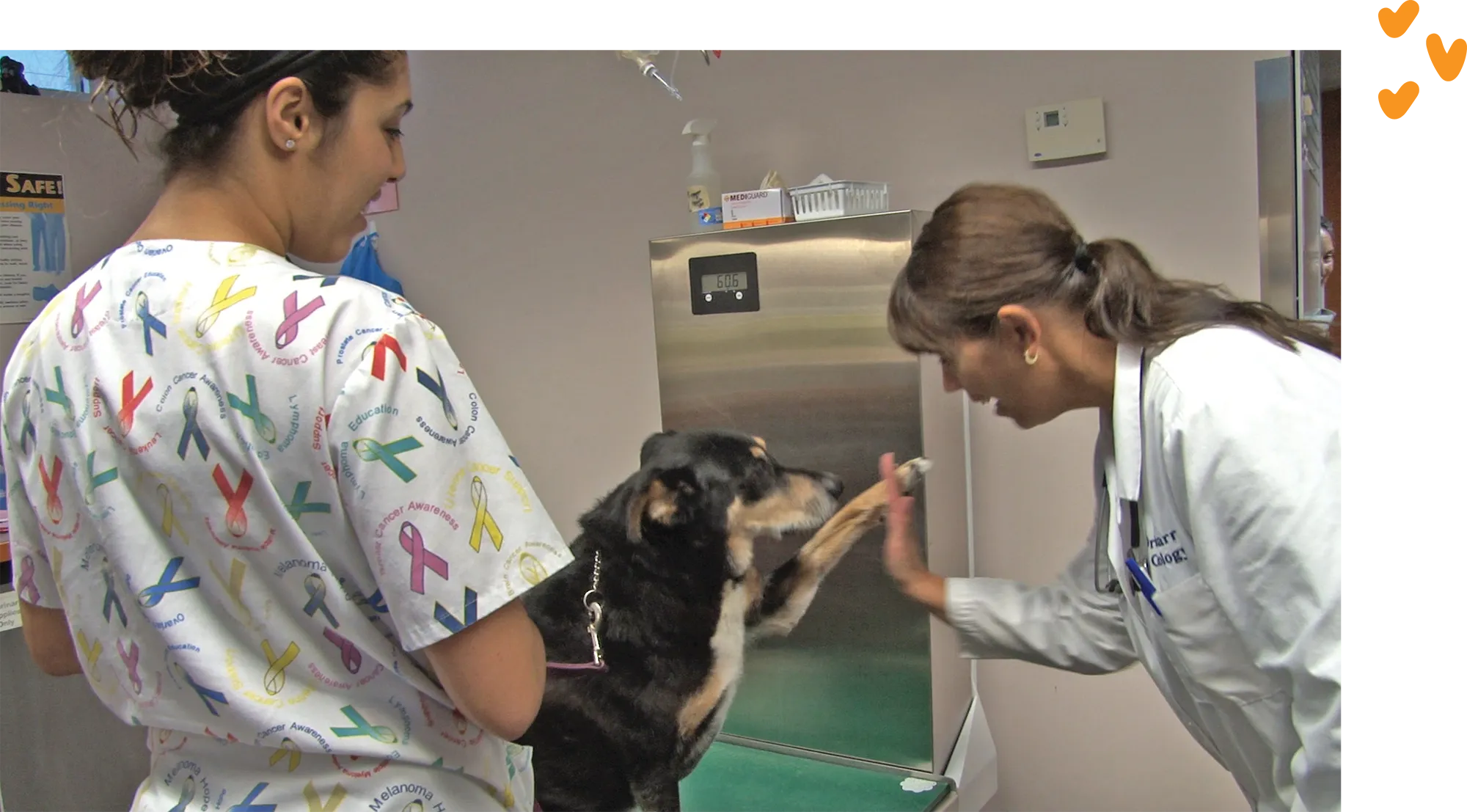
Dr. Alsarraf says that, just as in people, early detection is paramount. “Acting on something when it is smaller or when a patient has the beginning of a disease helps your veterinarian to help your pet for the best results possible,” she explains. “Changes in behavior, sleeping more, weight loss, a new lump or bump, drinking more water or urinating more—any of these signs should prompt a visit to your veterinarian.
the specialty of veterinary oncology is the

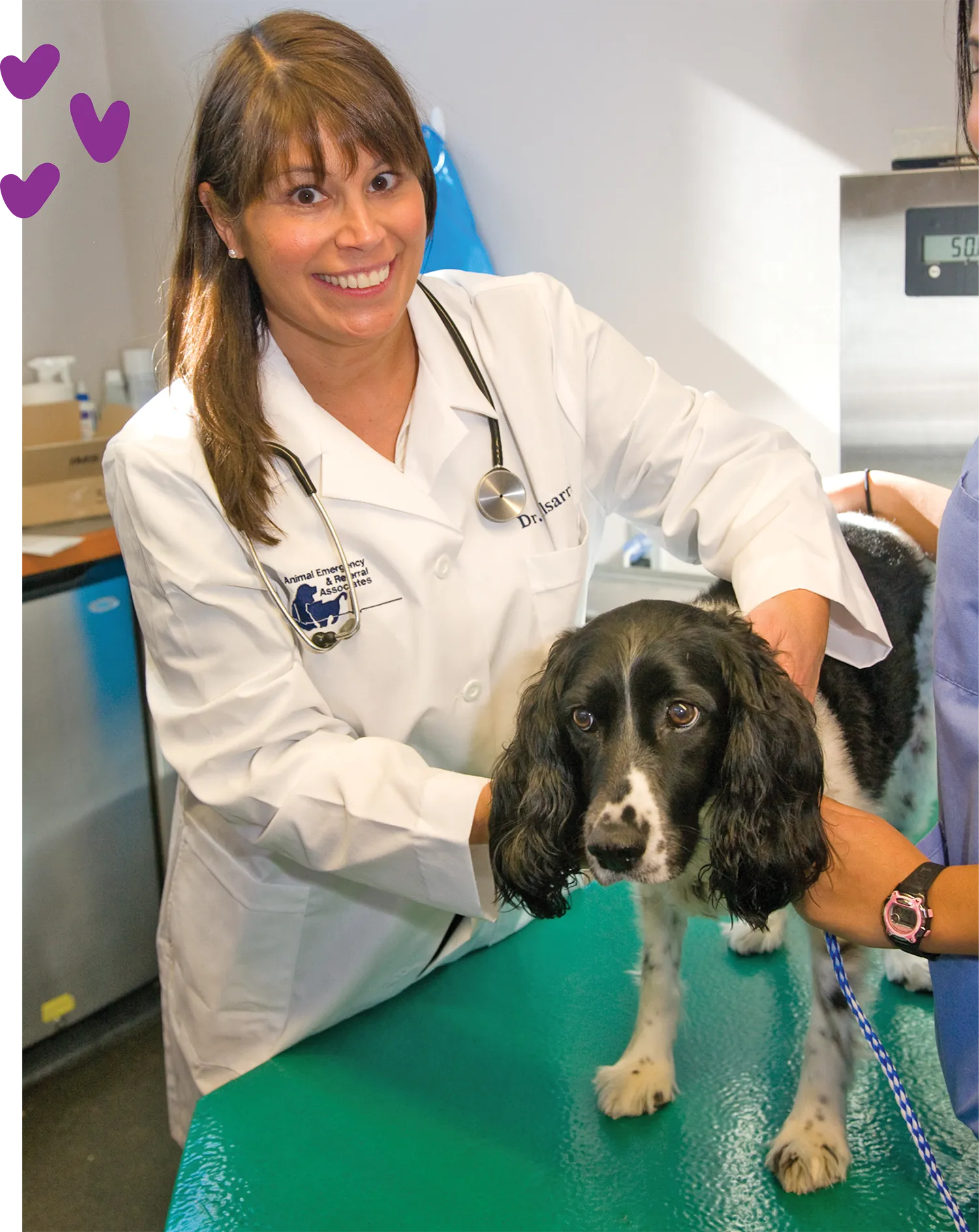
While Dr. Alsarraf’s dedication to her patients is prominent in her work, it also carries over to other areas of her life. Recently, she wrote a book about some of her patients. “The book celebrates the human-animal bond in its deepest form,” she explains. “I believe that dogs are not just wonderful companions to people, but that they serve as incredible guides to us when we struggle—and we all struggle at times.
Dr. Alsarraf also has a passion for helping industry peers, particularly students. She serves as a mentor to veterinary students, as well as aspiring veterinary students, and enjoys helping with vet school admissions and intern selection. “I am on the Cooperman’s Scholars Committee, reviewing applications for underprivileged high school students to receive scholarships and support,” she adds.

 I believe that dogs are not just wonderful companions to people, but that they serve as incredible guides to us when we struggle—and we all struggle at times.
I believe that dogs are not just wonderful companions to people, but that they serve as incredible guides to us when we struggle—and we all struggle at times. 
When she does find herself with free time, Dr. Alsarraf enjoys giving back by volunteering in the community, hunting for antiques, cooking, gardening and listening to her son play the piano.
To conclude, Dr. Alsarraf leaves us with “the best career advice” she ever received: “In my senior year of veterinary school, a very seasoned clinician pulled me aside to tell me that, in time, I would learn to not let the occasional sad outcome, upsetting case or mourning family affect me. He said I would toughen up. I was floored! That very moment, I took his ‘advice’ and turned it around…I promised myself that I would always feel my feelings in dealing with the patients and their families. I would have not only compassion, but sincere empathy for them.”




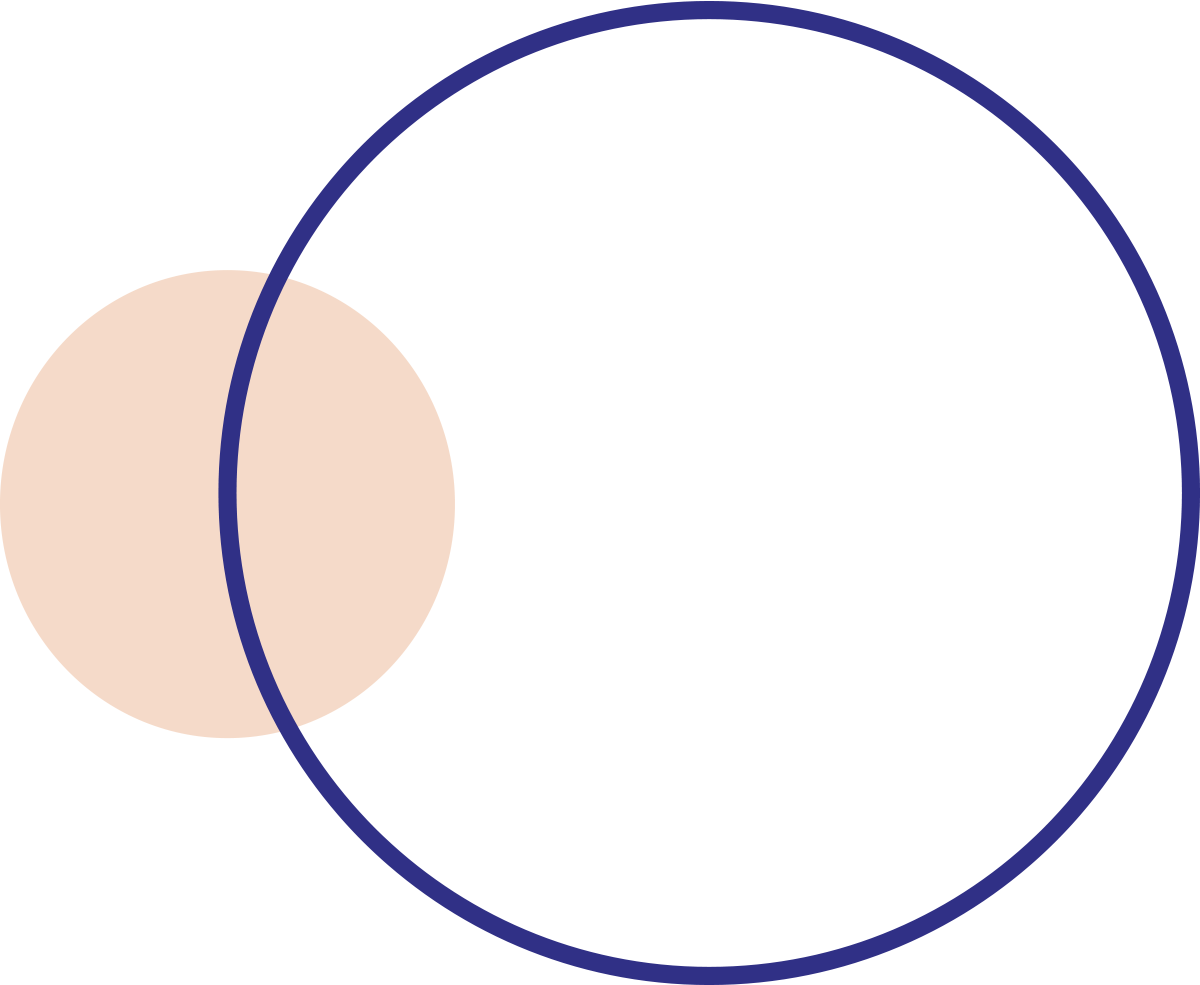
 dvancements in veterinary radiation therapy are transforming cancer care for animals, bringing new hope and possibilities for their wellbeing. Offering increased precision with significantly reduced side effects, patients can maintain an excellent quality of life while achieving equivalent or better outcomes compared to older treatment protocols.
dvancements in veterinary radiation therapy are transforming cancer care for animals, bringing new hope and possibilities for their wellbeing. Offering increased precision with significantly reduced side effects, patients can maintain an excellent quality of life while achieving equivalent or better outcomes compared to older treatment protocols.
As technology continues to advance, veterinary professionals must stay updated about the latest state-of-the-art equipment and techniques—this is not the radiation therapy of generations past. By remaining at the forefront of oncologic treatments, veterinarians can provide enhanced cancer care options and significantly improve the lives of pet patients and their families.

In the last decade, the field of veterinary radiation oncology has been reshaped by the introduction of two key technological advancements: beam-shaping technology and onboard imaging techniques. These innovations have overhauled the approach to treating cancer in animals with unprecedented precision and safety.
Because of this significant normal tissue damage, older treatment protocols necessitated dividing the radiation dose into 15-21 sessions, each one requiring general anesthesia to deliver—a major concern for both veterinarians and pet owners. Today, in the modern age of stereotactic radiation (SRS/SRT), advances in beam-shaping technology and onboard imaging capabilities have changed all of that significantly.
In the last decade, the field of veterinary radiation oncology has been reshaped by the introduction of two key technological advancements: beam-shaping technology and onboard imaging techniques. These innovations have overhauled the approach to treating cancer in animals with unprecedented precision and safety.
By programming the system to identify the treatment area as well as areas to avoid, the beam’s shape automatically adjusts the dose in real time as it makes its arc around the patient. This allows the delivery of a modulated radiation dose that can target the treatment directly to the tumor while minimizing exposure to nearby healthy sensitive tissues. The result is a significant reduction in side effects and the preservation of normal surrounding tissues.
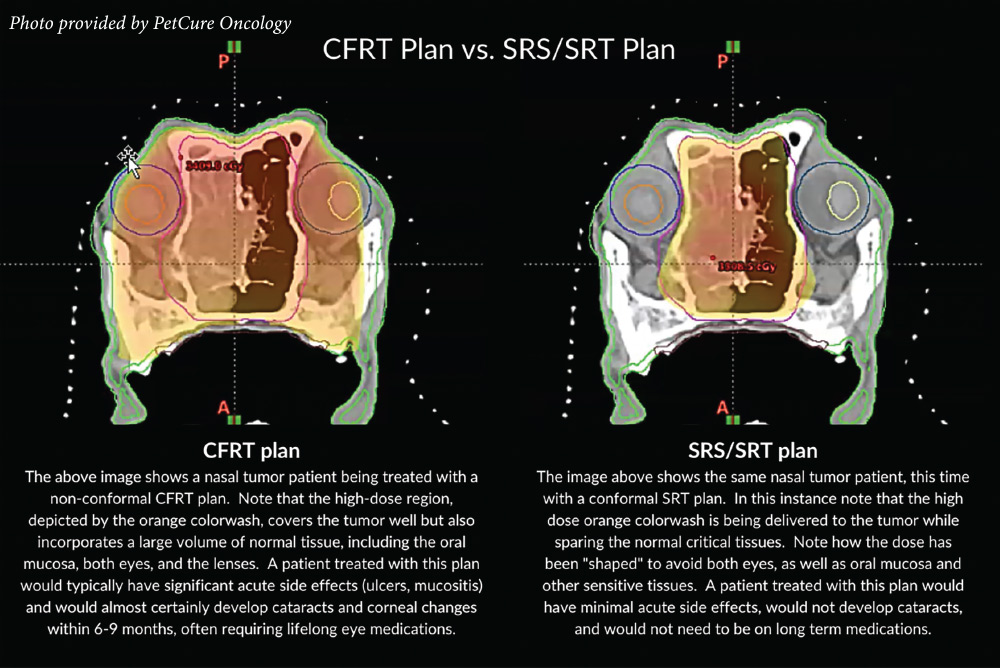
Cone beam CT scans (CBCT) are taken immediately before treatment, which, when overlayed with the diagnostic CT images, allow for a pixel-perfect alignment. Thanks to IGRT, the number of anesthetic events required is significantly reduced, and complete treatments can be achieved in only one to three sessions.
- What are the qualifications and certifications of the oncology staff, and does the team include board-certified veterinary radiation oncologists, radiation therapists and medical oncologists for comprehensive care?
- How long has the facility been performing SRS/SRT, and what volume of patients do they treat annually?
- Does the facility use beam-shaping technology and onboard imaging systems, and can they provide evidence of their expertise in these technologies?
- What protocols are in place for quality assurance and patient safety during radiation therapy, especially for adjusting treatments in response to unexpected changes? (Consider the changing nature of a pet’s bladder.)
- How does the facility manage communication with referring veterinarians?
Veterinary radiation therapy has come a very long way in the last decade and, at times, feels like a science fiction movie come to life. The tools we have today bear little resemblance to the tools of the past and have the potential to treat what was once considered beyond the reach of veterinary medicine. Today, the field of veterinary oncology offers real hope and healing with minimal side effects and stress to the patient.
For veterinary professionals, understanding these technologies, their application and potential, and recognizing the importance of expertise in their usage is central to the quality of care we provide in this advanced and rapidly evolving time of veterinary oncology.


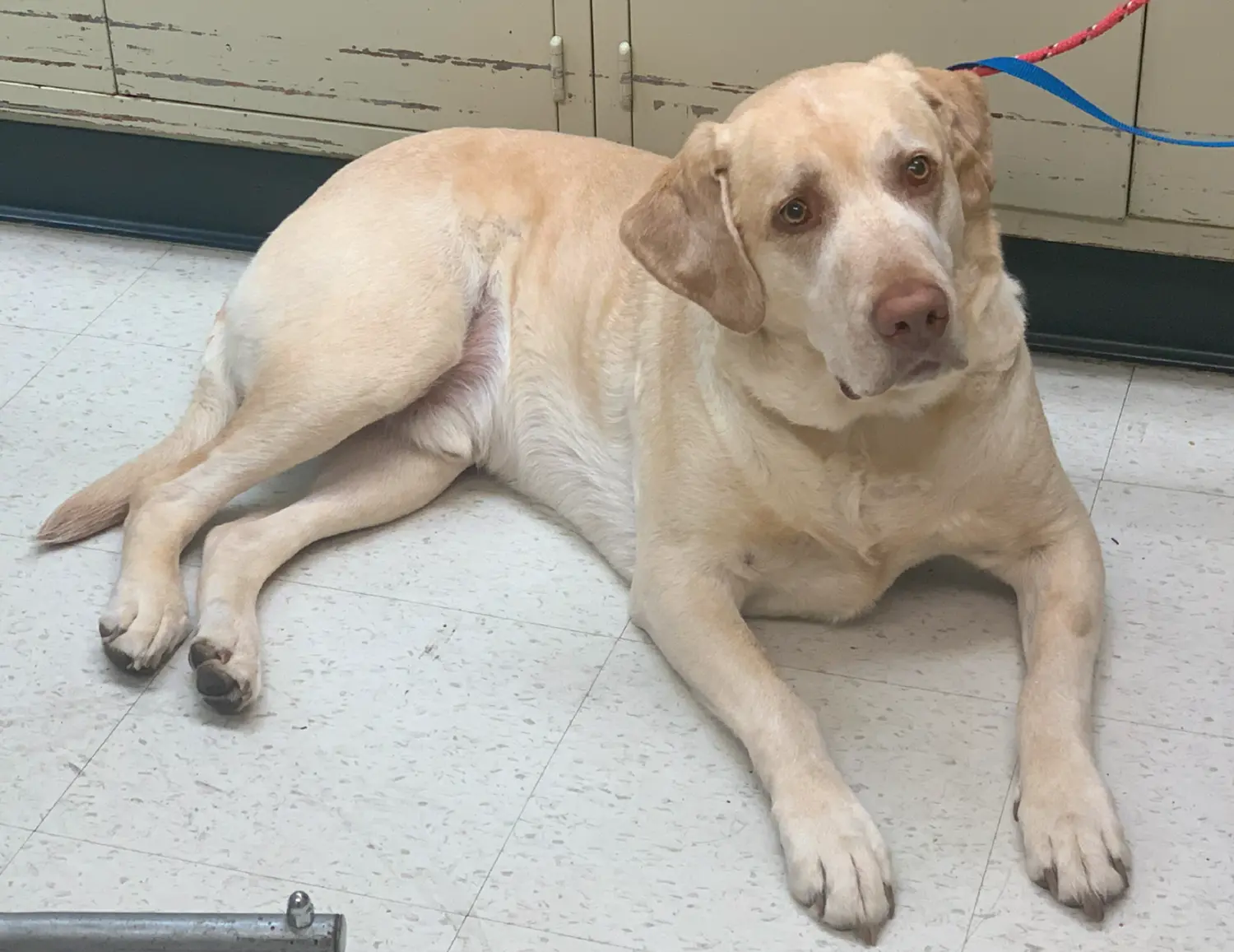


Sam’s Case Study
By Kristen Kellar-Graney, M.S.
Photos provided by Kubanda Cryotherapy
 abradors and lipomas go hand in hand, or, in Sam’s case, leg. This eight-year-old, outgoing, sweet pup had an 18-month history of a slow-growing mass on his left forearm measuring four by two centimeters. Sam’s owner was relieved to learn, following fine needle aspiration (FNA), that the tumor was a benign lipoma but was still concerned that it was growing. Conflicted by knowing that it might ultimately cause pain or mobility issues yet wanting to avoid surgical resection for the benign mass, Sam’s owner turned to a new-to-veterinary medicine option; subcutaneous cryoablation.
abradors and lipomas go hand in hand, or, in Sam’s case, leg. This eight-year-old, outgoing, sweet pup had an 18-month history of a slow-growing mass on his left forearm measuring four by two centimeters. Sam’s owner was relieved to learn, following fine needle aspiration (FNA), that the tumor was a benign lipoma but was still concerned that it was growing. Conflicted by knowing that it might ultimately cause pain or mobility issues yet wanting to avoid surgical resection for the benign mass, Sam’s owner turned to a new-to-veterinary medicine option; subcutaneous cryoablation.
Sam underwent this outpatient procedure in 2023 as an enrollee in an AVMA Animal Health Study listed “Percutaneous cryoablation to minimize growth in benign and malignant canine and feline tumors” at Johns Hopkins Hospital. Prior to enrolling in the trial, pre-procedure blood work and a three-view chest radiograph series with radiologist interpretation were performed to ensure that Sam was an ideal candidate for the trial. With a clean bill of health, Sam was scheduled for the procedure.
Approximately one day after his cryoablation, his owner reported that he showed no discomfort and that the lipoma had shrunk considerably. His puncture site was scabbed, clean and dry. Sam recovered well during the post-treatment period, though six months and 10 pounds of weight-gain later (attributed to family lifestyle), some regrowth of his lipoma was noted.
Although forms of cryoablation have been used in human medicine for centuries, its application in veterinary medicine has been limited to topical treatments, primarily due to cryogen gas costs and storage capabilities. Carbon dioxide-based cryotherapy freezes to temperatures as cold as -70oC, which is much colder than established lethal temperatures for most cell types significant in veterinary medicine.
A clinical trial using subcutaneous cryoablation for the treatment of canine mammary tumors is anticipating publication later this year. Many other benign and malignant subcutaneous masses are being treated with cryoprobes as a part of the veterinarian’s armamentarium. And, just this past January, cryoablation as an adjuvant therapy for marginally excised tumors was mentioned in surgical oncology continuing education lectures.
When considering patients who may need to forgo surgical resection, subcutaneous cryoablation offers a new option for tumor treatment in general veterinary practices.




By Louise Dunn
ne of the most significant issues facing practice managers today is a toss-up between finding someone to hire and preventing a great resignation in the practice. Since it costs much more to replace a team member, practice managers must focus on empowering and developing current team members to encourage longevity.
You have two employees at risk of leaving your practice—one is looking for a change in their role and the other is simply not engaged. One could benefit from reskilling and the other from upskilling. But what is the difference?
Not convinced this should be a regular topic at the annual strategic planning meeting? Maybe you should consider all the reasons why it should be…
- Workforce shortage
- Connected pet
- Regulatory changes
- Segmentation & specialties (both veterinarians and tech/nurses)
- Preventive, proactive pet care
- Team healthcare delivery
- Efficiency-enhancing technologies
- Virtual care and telemedicine
- Employee burnout and wellbeing
- Client acquisition
- Work-life balance
- Freelancing, remote, and locum work
These are not just industry buzzwords or trends affecting large corporate practices. These are changes coming to your front door—or already impacting your daily operations. Each of those trends involves a team member, from just one or two to the entire team. Something as innocuous as upgrading equipment opens the door to interconnectedness with other systems and, therefore, the need to know how to use these systems efficiently.
While the words “to prevent attrition” may have been why you decided to read about this topic, there are many more benefits to implementing reskilling or upskilling actions:
- Attract and retain quality team members.
- Improve morale and engagement.
- Improve productivity (and the business’s bottom line).
- Take advantage of technology and automation.
- Enable the team to be agile and adaptable in a rapidly changing economy.
- Increase client satisfaction.
- Improve patient care.
- Stay relevant and stay ahead of the competition.
Reskilling and upskilling individual team members have a ripple effect—impacting everything from team performance and business profitability to patient care and client satisfaction. So, now that you are convinced you should do it, the next step is how to do it…
Current statistics show that
48% of workers would switch to a new job
Step 1: Identify skills gaps.
Look at the industry trends and the needs of individual team members. These are the drivers of change, and management must determine what skills align with the strategic plan for the business.
For example, perhaps you want the CSR team to use new technologies for client communications, or maybe a doctor wants to offer virtual care services, or you want to offer remote work for specific job duties—any of these can be a strategic reason to reskill and upskill. Set the goal, determine your desired outcome and map the action plan.
Step 2: Create an action plan.
The action plan organizes what resources, activities and monitoring you need to carry out the reskilling/upskilling program. Resources include time, equipment, technology, data, personnel and partners. Training activities include coaching, mentoring, job rotation, online training or blended learning. Lastly, identify what success will look like and what metrics it will affect.
The following are questions to answer before starting the reskilling/upskilling program:
- What is the objective of this program?
- What is the trigger for reskilling/upskilling? (e.g., mandate, significant change, team member need)
- What is the process or strategy? (actions to be taken, start and end dates, etc.)
- Who will be involved? (those receiving the training, those conducting the training)
- What resources are needed?
- What barriers do we need to be aware of?
- What will success look like?
- What will the person be able to do?
- Why is the practice wanting this skill?
- What results can be measured?
- What other benefits will the person or practice get from this training?
Use these questions as a template for any reskill/upskill program. This outline helps you “cover all the bases” and not be surprised with added costs, resistance…or failure.
Others involved in the training can include external trainers, apprenticeships, partnerships with vendors and partnerships with universities. It is easy to see how a vendor can conduct the training when the business purchases new equipment from the vendor and team members need skills training on the new equipment. Still, some vendors also offer various educational sessions for the team. Consider how this group of trainers can fit into your program.
Keeping an experienced, high-performing team requires effort from management. Current statistics show that 48% of workers would switch to a new job if offered skills training opportunities.1 Can you afford to lose half of your team? Could you attract new team members with an upskilling/reskilling program?
Build a review of upskilling and reskilling needs into your regular strategic planning sessions and watch how your practice grows.
- Shove, Madi. (2022, April, 4). Upskilling vs. Reskilling: The Beginner’s Guide to a Winning Skilling Strategy. Future Proof Guild Blog. https://blog.guildeducation.com/upskilling-vs-reskilling/


Marching to Mitigate Pet Cancer
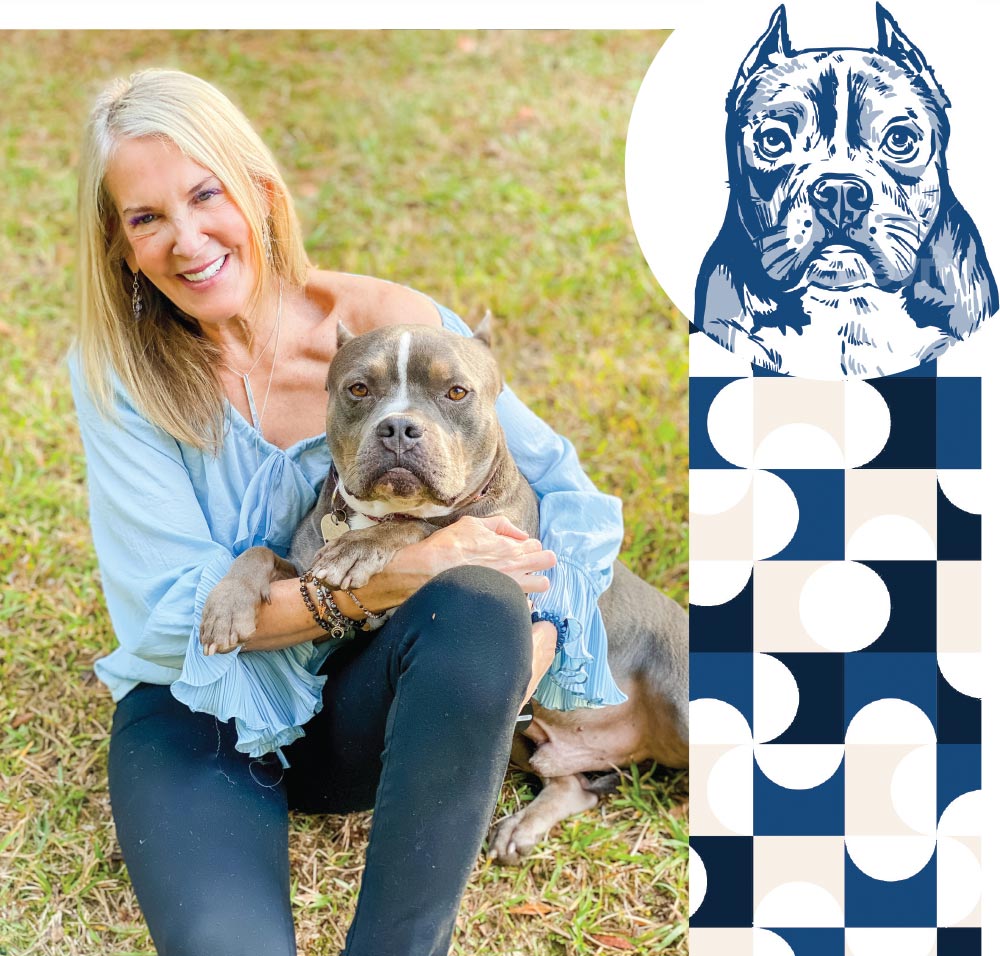
Photos provided by Moose’s March
 n May 14th, 2022, Tricia Montgomery experienced the loss of Moose, her cherished canine companion of seven years. The beloved Pit bull had succumbed to cancer, which was a heartbreaking end to a journey that began with his adoption from PAWS Humane Society in Columbus, GA. Moose had accompanied Tricia to work every day during her time as the chief executive officer of PAWS, and his passing left a critical void that sent her into a deep depression.
n May 14th, 2022, Tricia Montgomery experienced the loss of Moose, her cherished canine companion of seven years. The beloved Pit bull had succumbed to cancer, which was a heartbreaking end to a journey that began with his adoption from PAWS Humane Society in Columbus, GA. Moose had accompanied Tricia to work every day during her time as the chief executive officer of PAWS, and his passing left a critical void that sent her into a deep depression.
“When Moose passed away from stage four Lymphoma, I threw everything into work, not skipping a beat,” Tricia shares. “The more I stayed busy the more I didn’t have to think about Moose’s death. I stayed out of my house, as I didn’t want to be surrounded by memories.”
In time, Tricia embraced her sorrow, transforming it into a force for change. And in the fall of 2023, she launched Moose’s March, a national nonprofit dedicated to raising awareness about pet cancer. Through education and support, the organization aims to enlighten pet owners on the signs, risk factors, and the necessity of early detection and intervention to combat this fatal disease. With the help of supporters and donors, the organization has been able to provide early cancer detection tests to underserved communities that lack access to such resources.
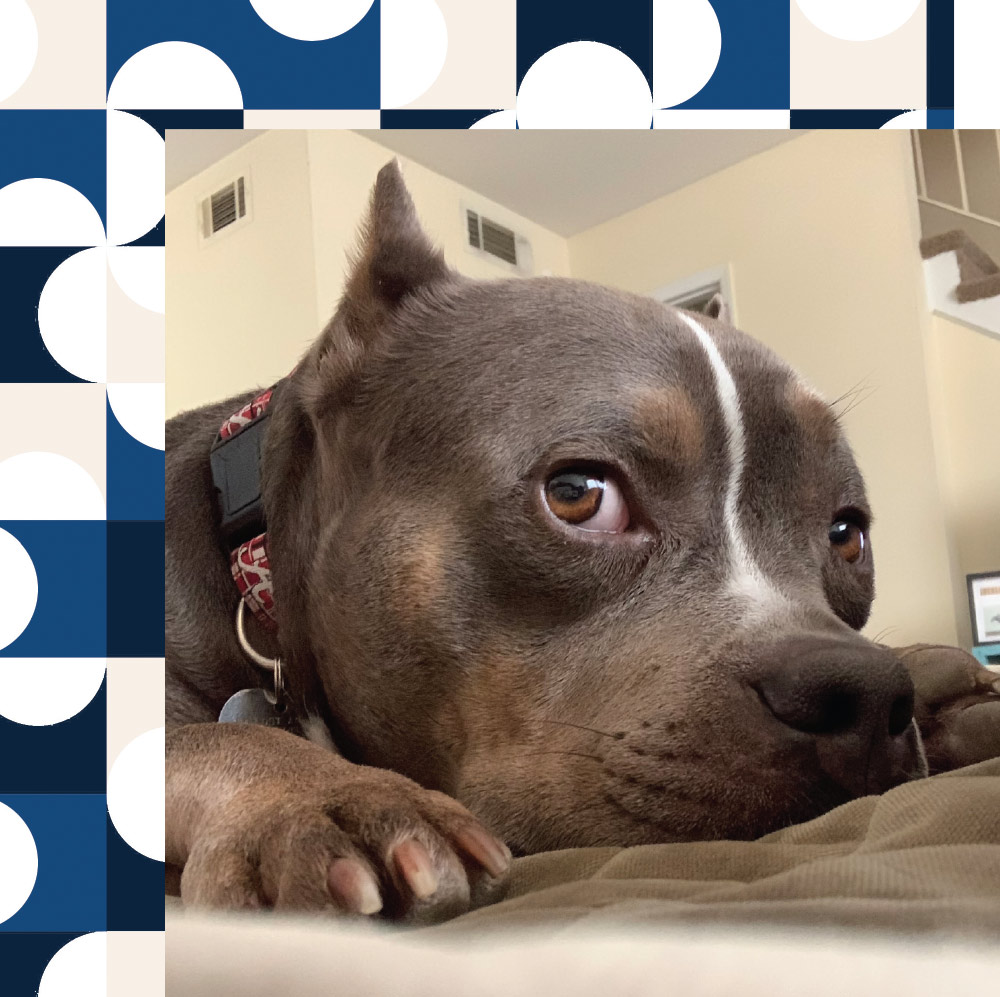
This realization also spurred the pet cancer advocate to want to fill the educational void, supported by personal anecdotes and stories of other pet parents whose pets were inflicted with cancer.
“You might assume a veterinarian would recognize the signs of cancer in a dog,” Tricia says. “Sadly, for Brighton, the adopted dog of my friend Dr. Kathy Stone, there were none. If she had known a test for early cancer detection was available, perhaps she could have caught Brighton’s cancer earlier. Kathy was devastated by Brighton’s sudden passing. Too many people have similar stories.”
During her recent visit to VMX 2024, the need was further solidified in Tricia’s conversations with veterinarians, veterinary technicians and others supporting the industry. Different veterinary companies pledged to step up and distribute cancer detection tests to veterinary clinics serving animal shelters in underprivileged areas.
Coupled with the limited number of veterinary oncologists, the staggering statistics of pet cancer fatalities underscores the critical need for the nonprofit’s work. Tricia hopes to bridge the gap between the veterinary community and under-resourced communities.
“We need help from veterinarians to connect us with those who need our help most,” she states. “We want to help communities that are under-resourced and who have typically been ignored. We want to offer a lifeline for pets that will help improve the lives of pets and their owners in these areas.”
The swift and devastating loss of Moose, mere weeks post-diagnosis, highlights the cruel reality of pet cancer. Tricia’s mission through Moose’s March is to mitigate such swift losses by enabling pet owners to detect cancer early, providing them with support and extending the quality time they have with their pets. Through this endeavor, she seeks to honor Moose’s memory and ensure his legacy offers hope and life-saving opportunities for others.
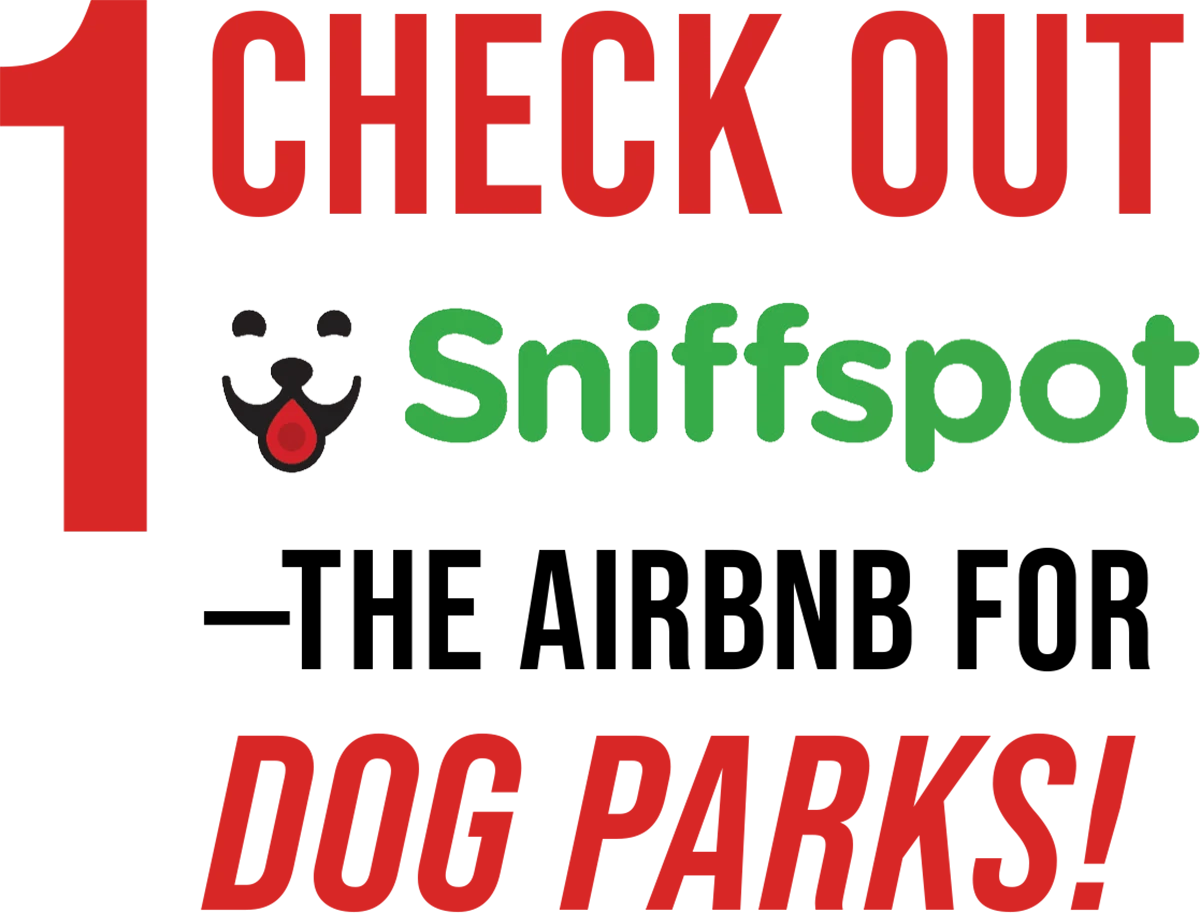

With more people traveling with the goal to rest and recharge, it’s no wonder they are seeking out experiences like sleep-focused spa treatments and accommodations. Consider a stay at BodyHoliday in Saint Lucia where they even offer “Sleep Retreats.”
The DuraPaw Dog Toy Birthday Gift Box contains an assortment of toys and treats to celebrate any dog’s special day, from small to extra-large. www.durapawbox.com
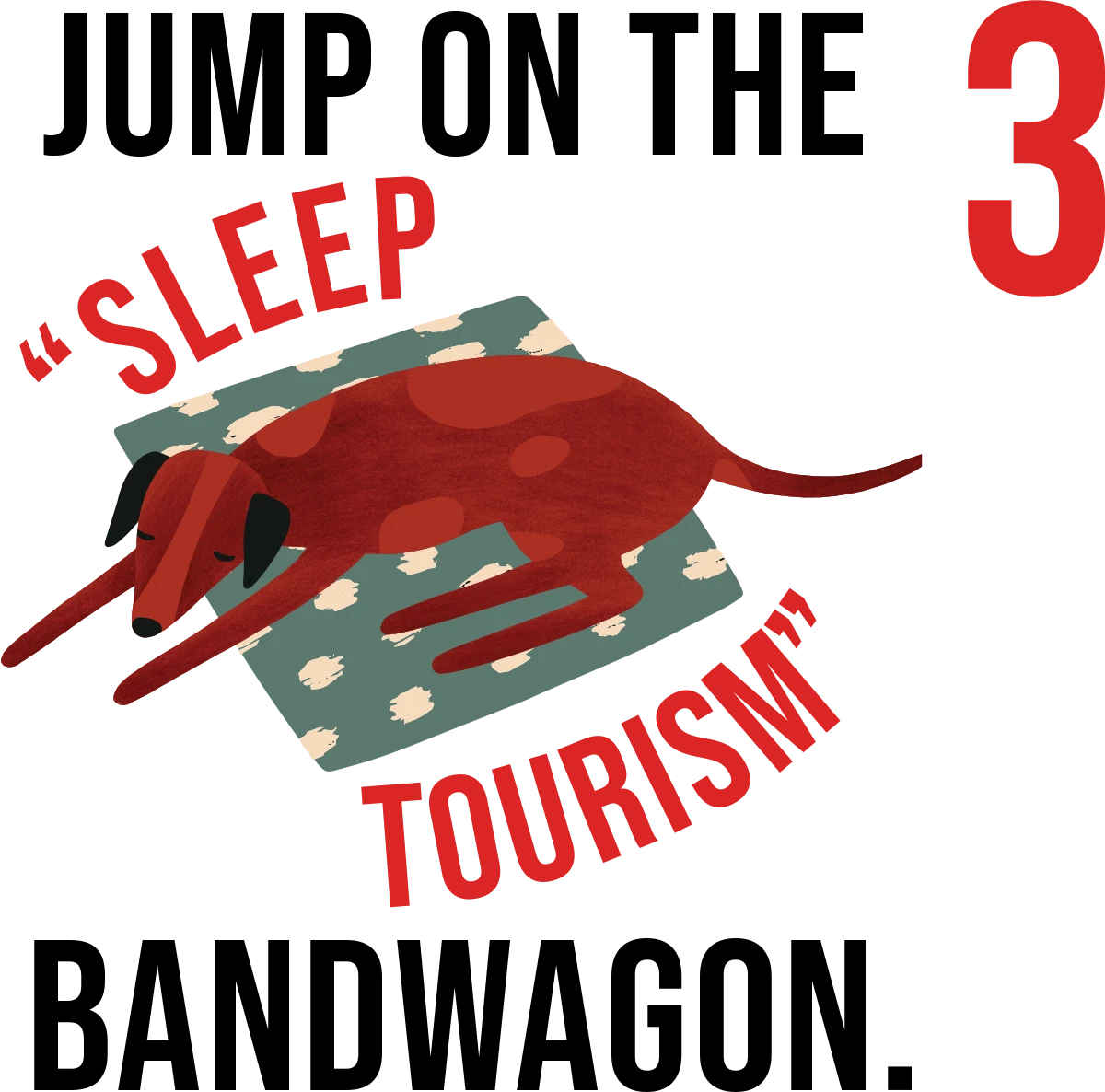

The DuraPaw Dog Toy Birthday Gift Box contains an assortment of toys and treats to celebrate any dog’s special day, from small to extra-large. www.durapawbox.com



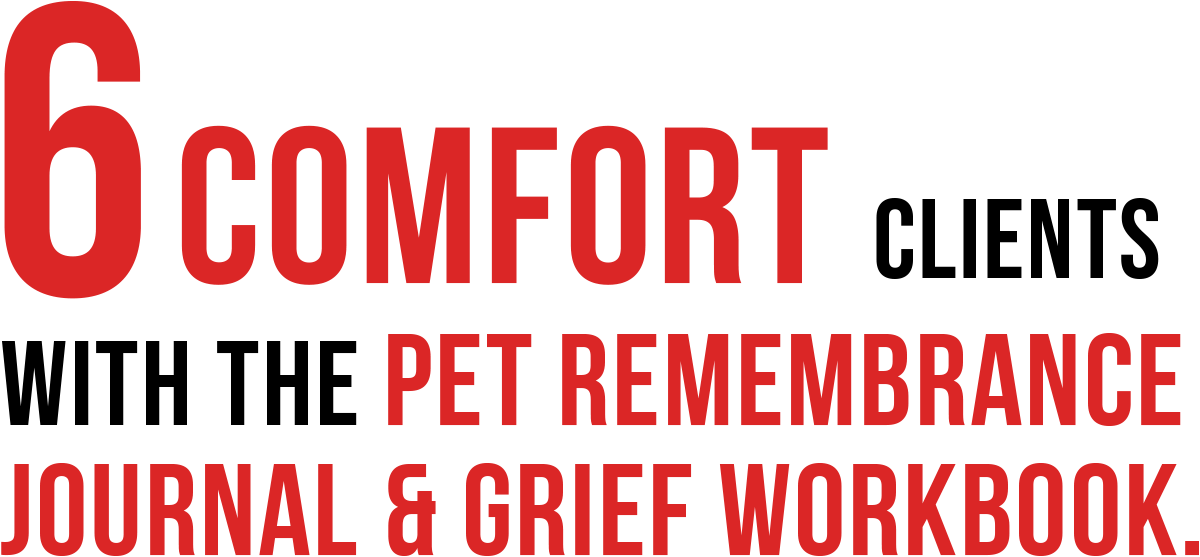

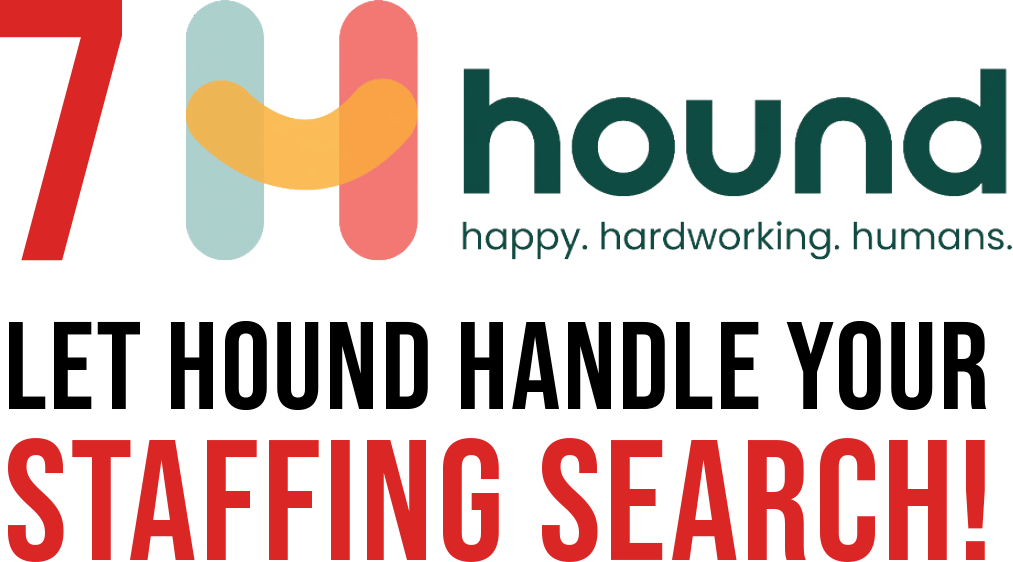

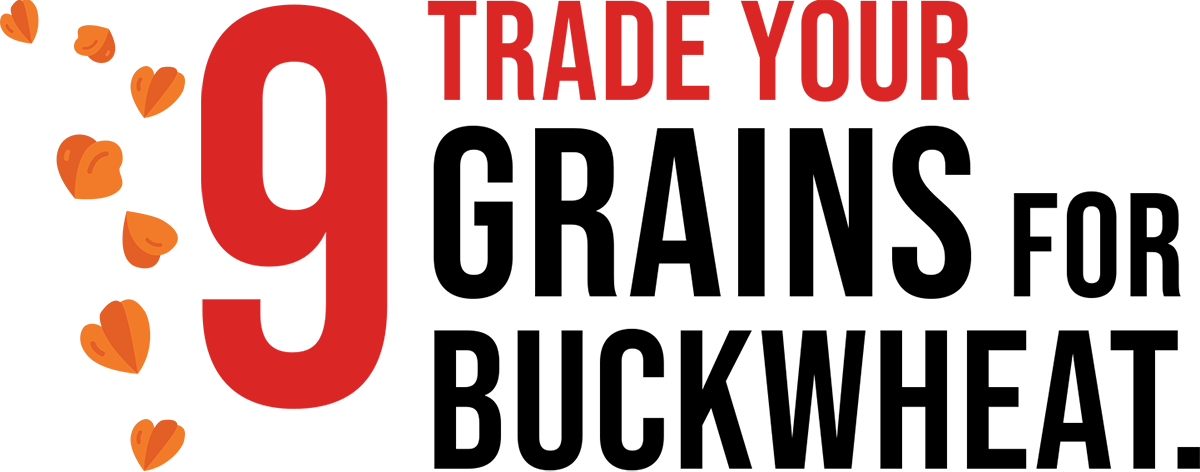



Thanks for reading our April/May 2024 issue!
